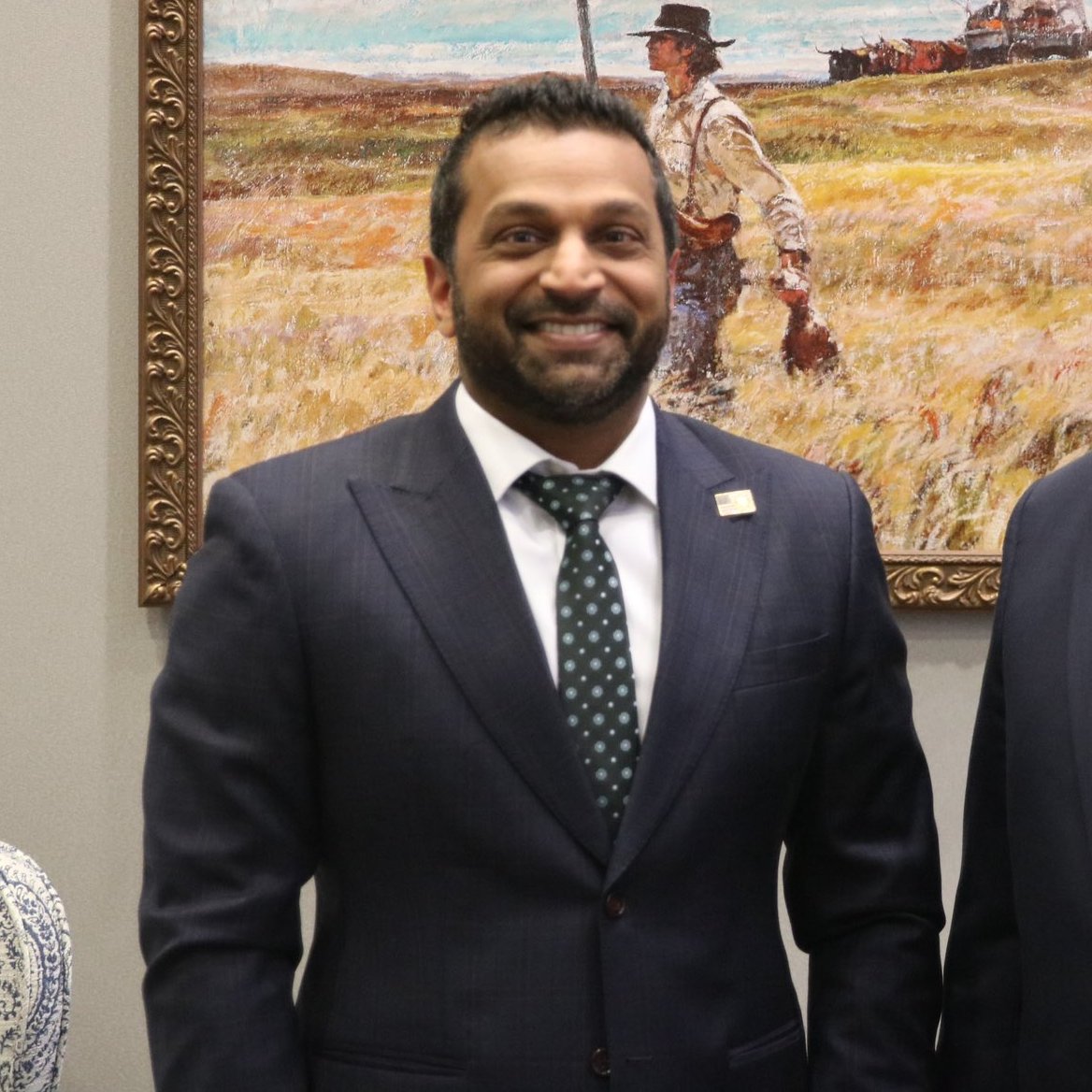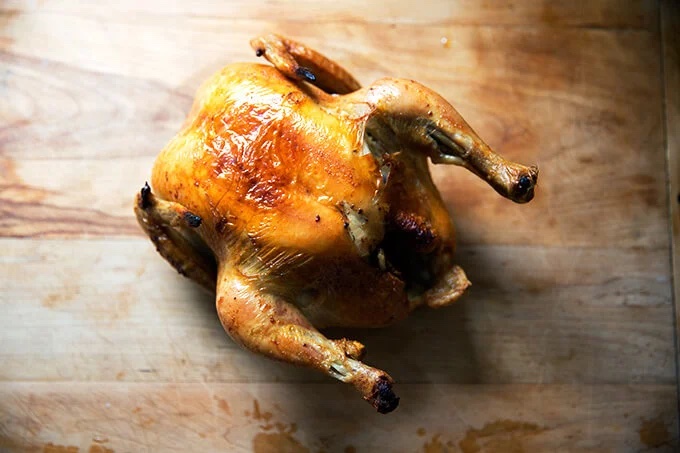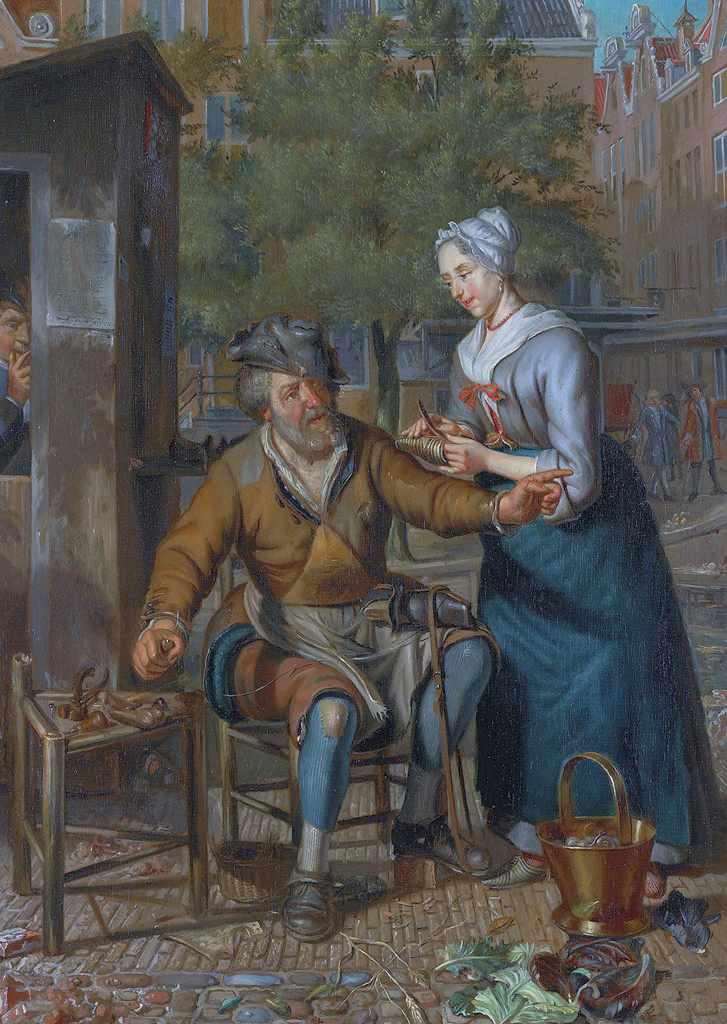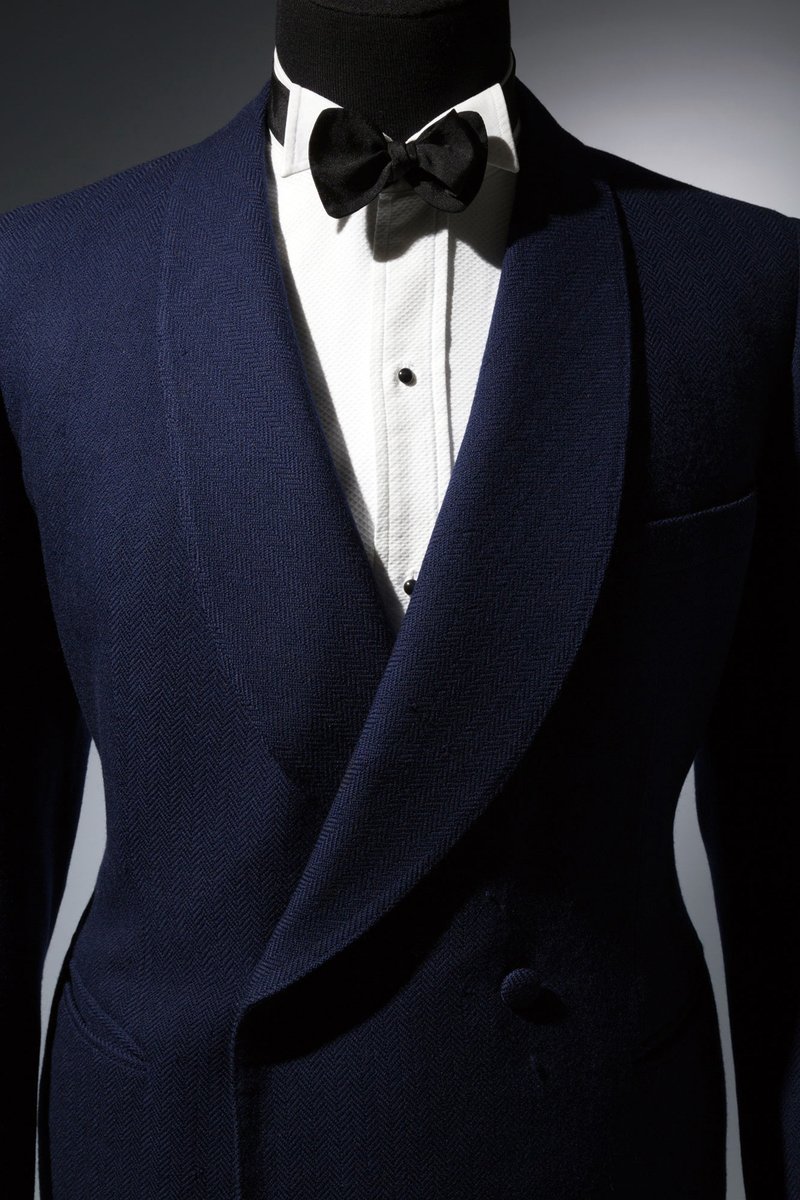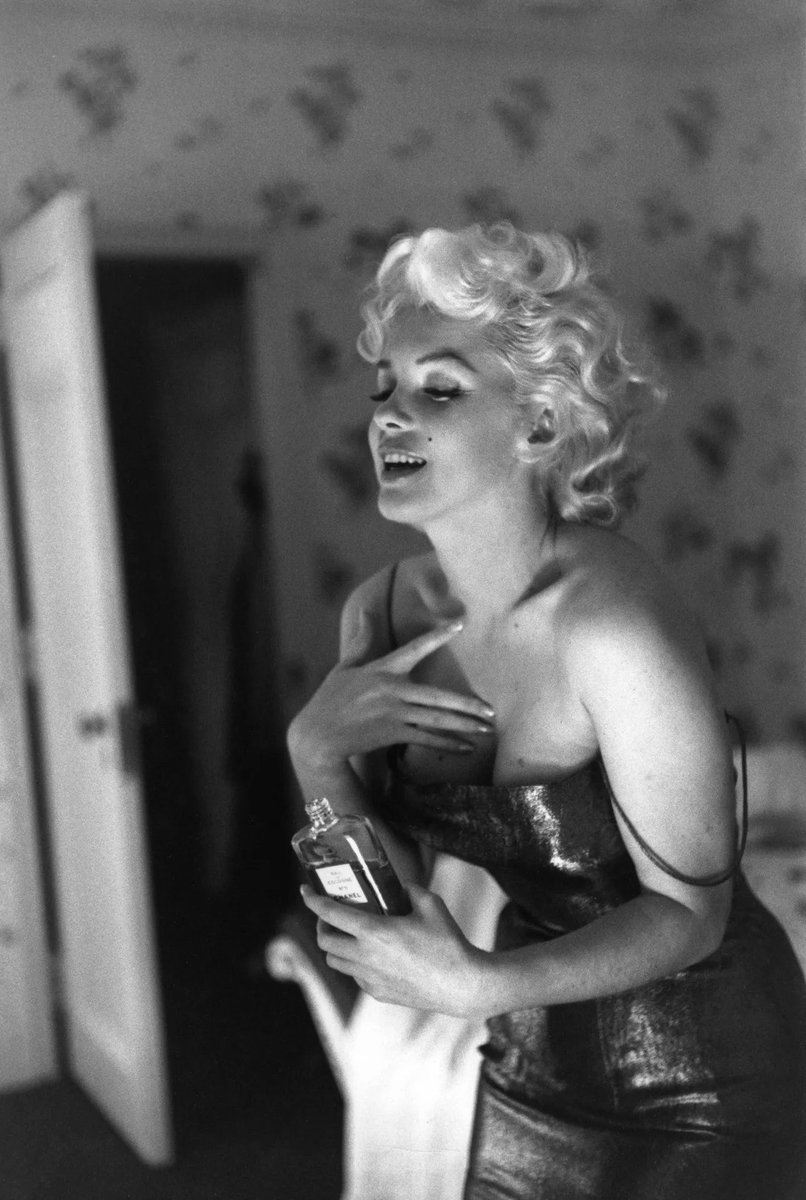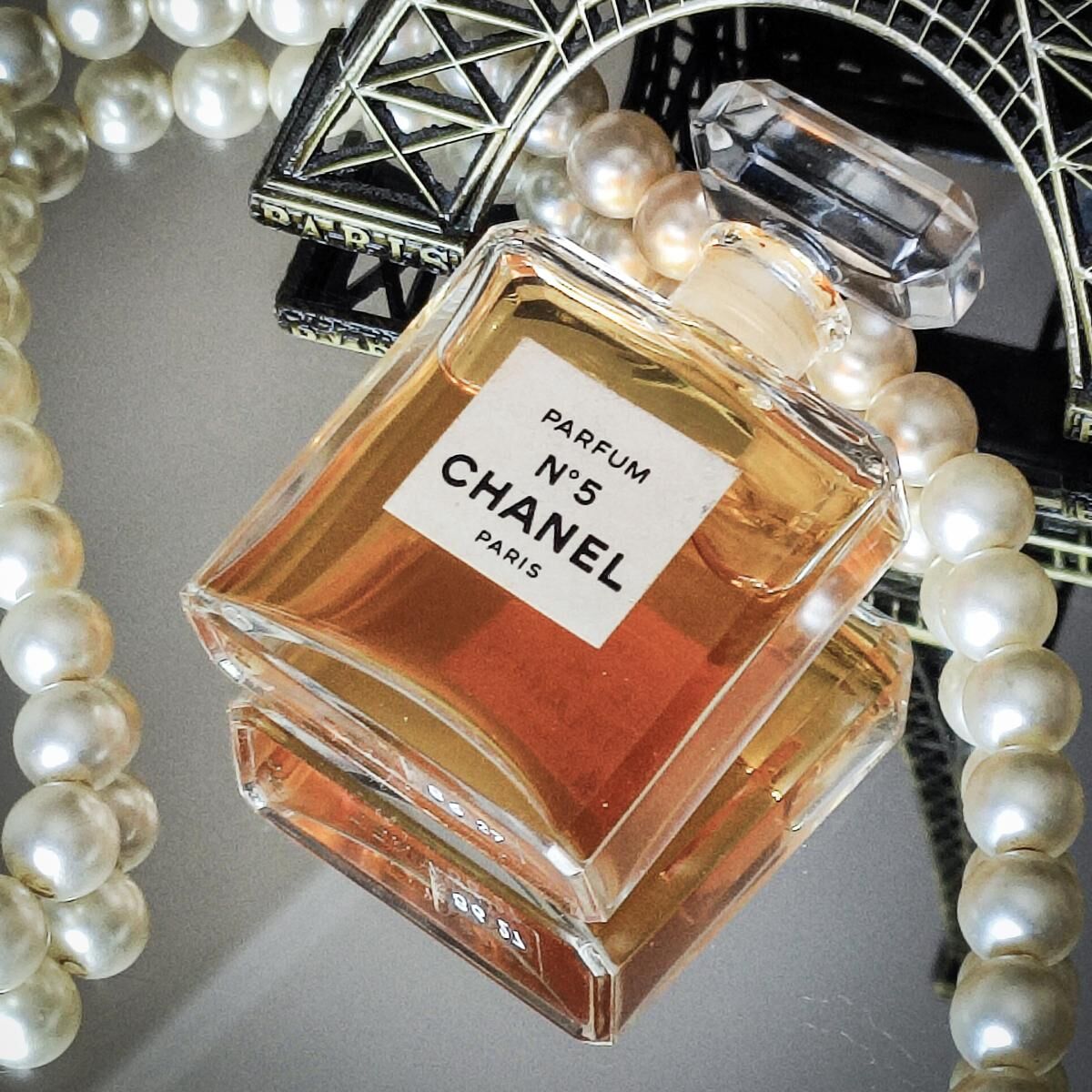I understand the sentiment, but respectfully disagree. I don't think dress codes do much to improve aesthetics, largely because they don't change what has caused a decline in aesthetics. It is not about lack of personal pride but rather shifts in our commercial system. 🧵
https://twitter.com/VinceGoodwill/status/1871937997060661743
First, I should say at the outset that I don't think dress reflects someone's deeper, more important qualities. Coaches will not coach better if they wear a suit. So for me, this is fundamentally just about aesthetics.
Let's review some coach outfits through the years.
Let's review some coach outfits through the years.
Apologies if I get some of these wrong—I'm not an expert on basketball history. I pulled these photos from searching "basketball coach [decade]." So I'm counting that these are mostly correct.
Here are basketball coaches from the 1960s.



Here are basketball coaches from the 1960s.
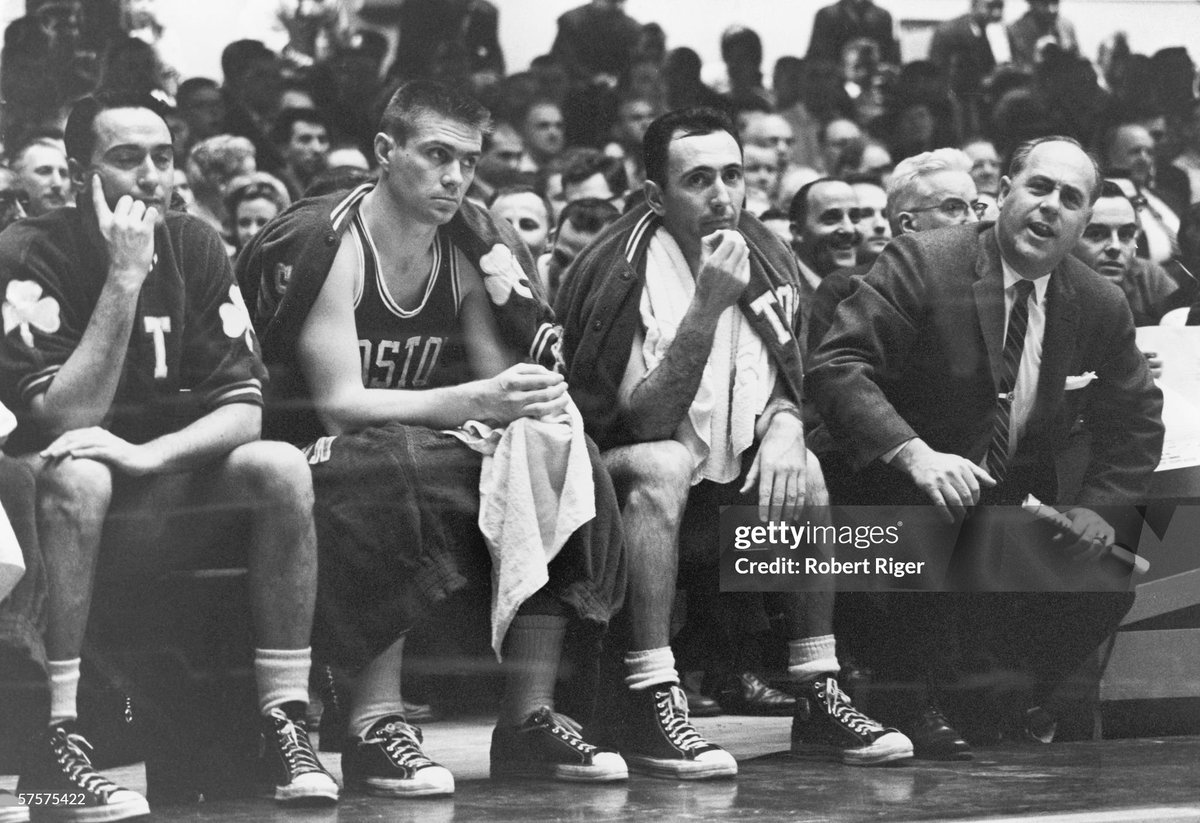
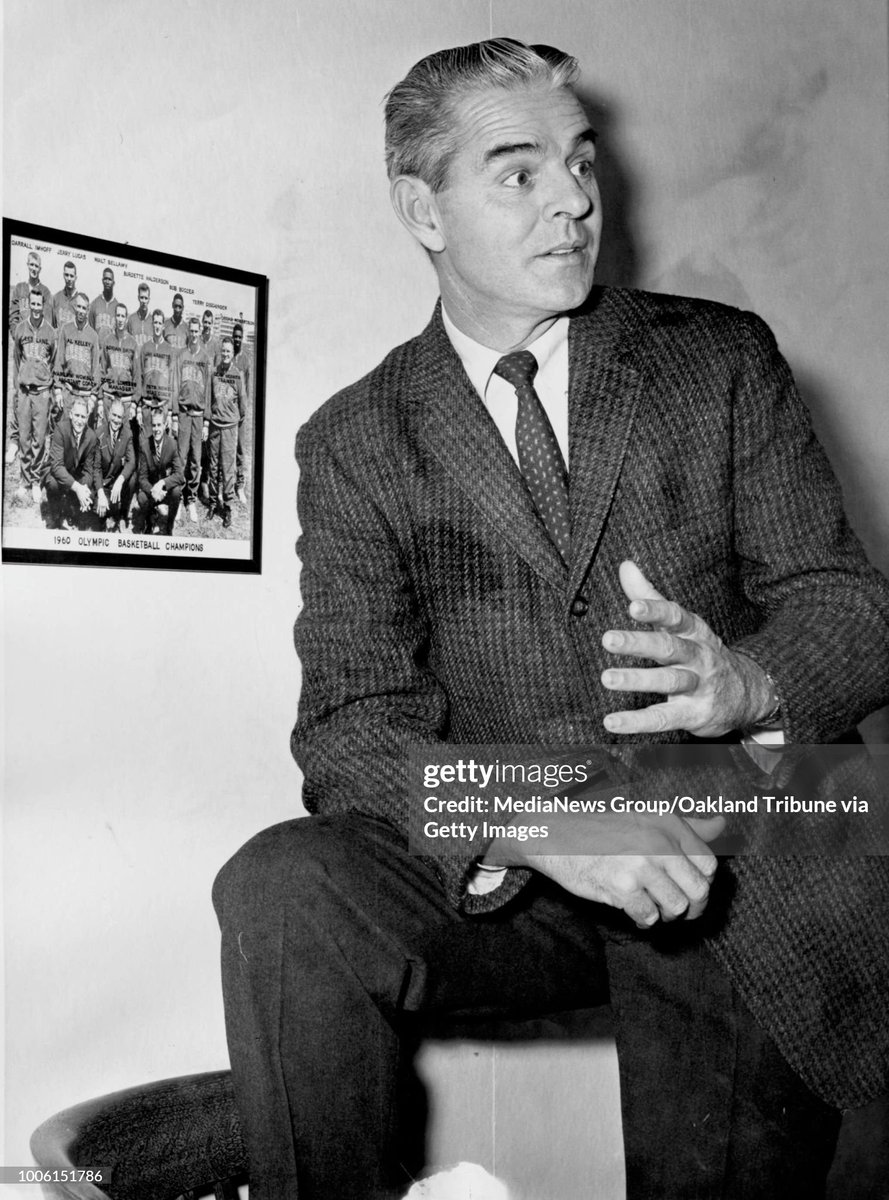

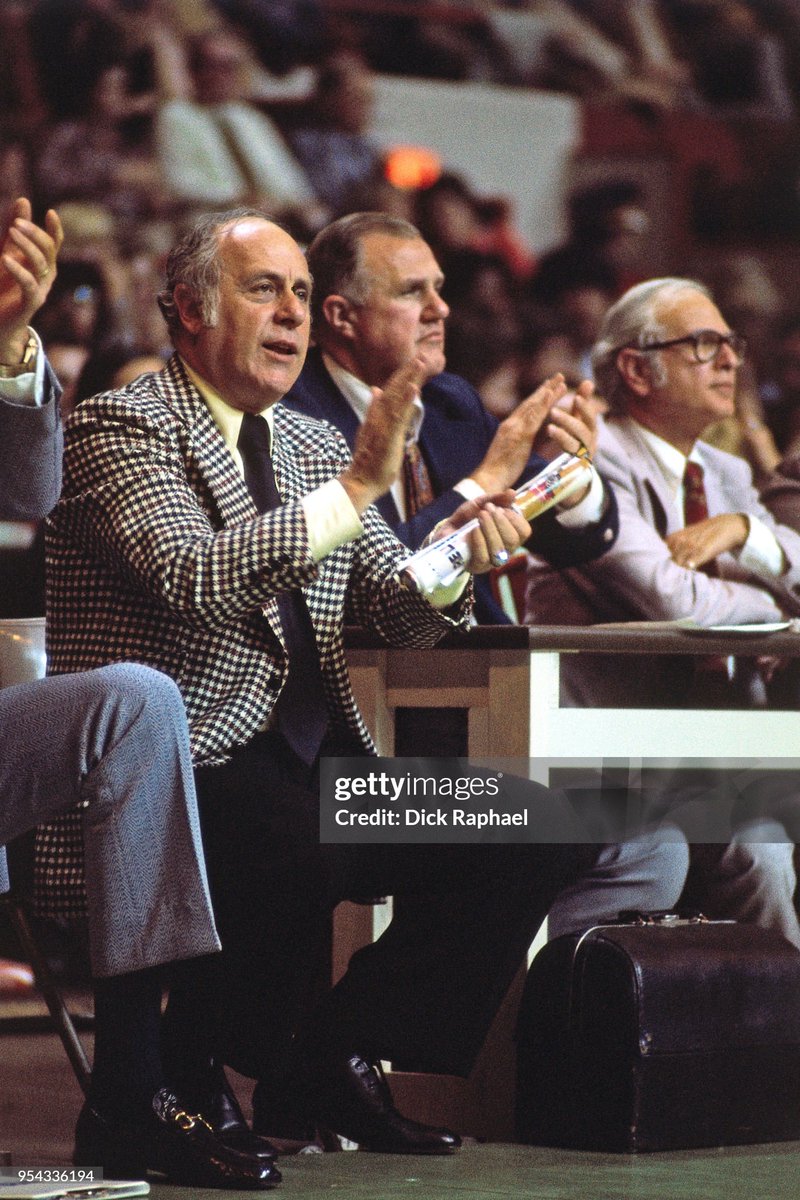
Notice these are super classic looks: jacket ends halfway from collar to the floor, shoulders fit well so there's no sleevehead divot, high armhole allows comfortable movement, and collar stays on neck. Lapels are sometimes on the narrower side, as was fashionable at the time. 



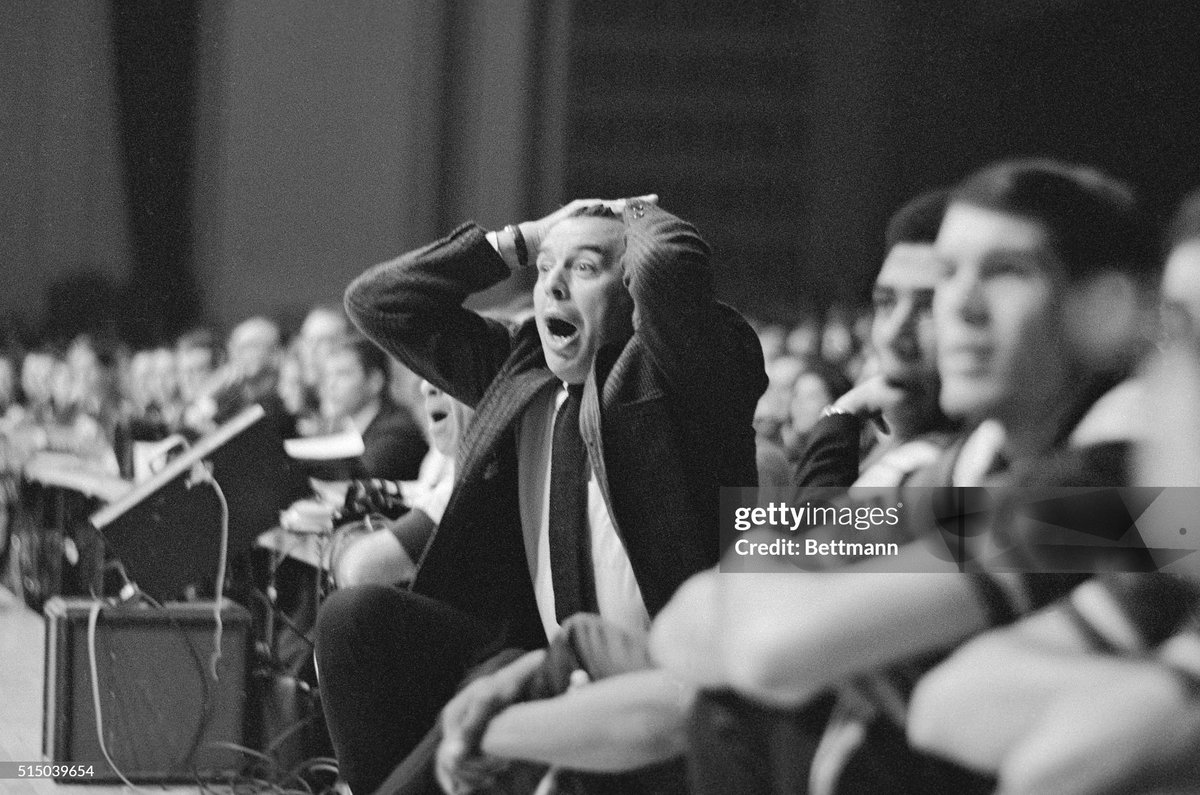
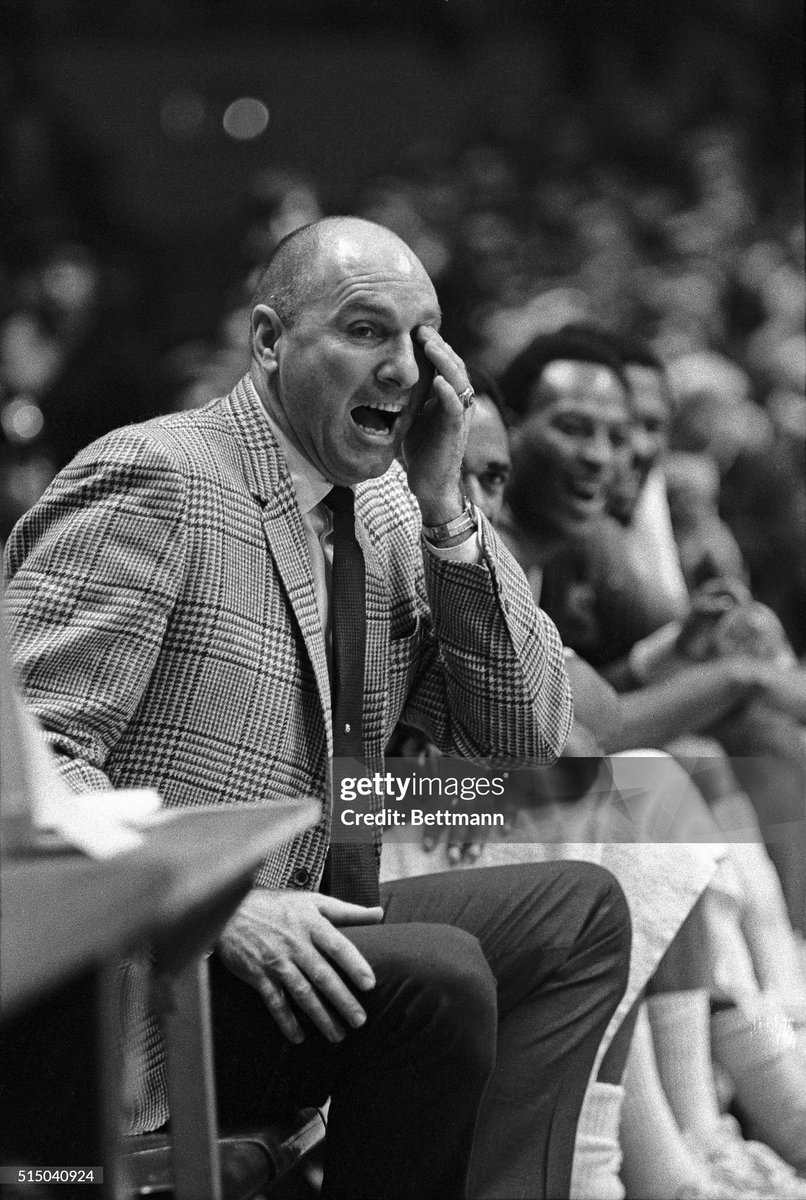

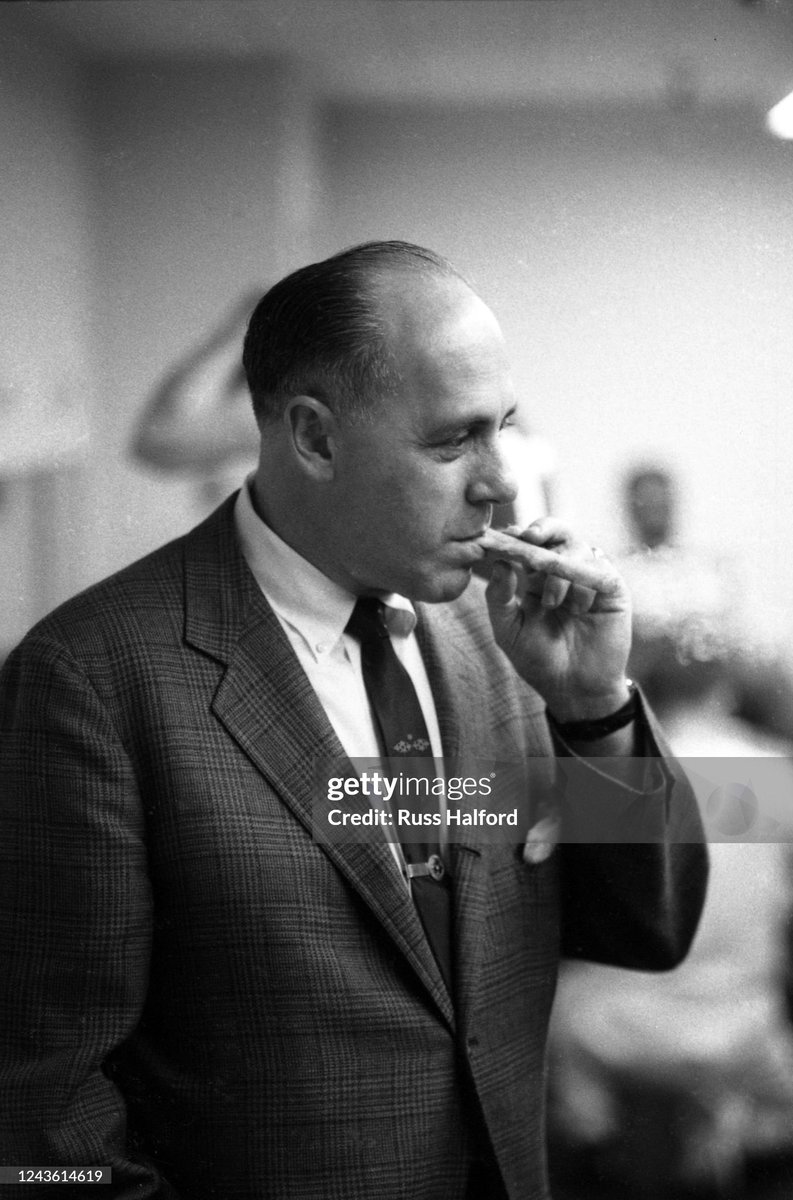
As we move into the 1970s, we see trends of that era: wide blocky lapels, bellbottom trousers, and questionable fabrics that may or may not have aged that well, depending on your tolerance for eccentricity. Also, leisure suits! 



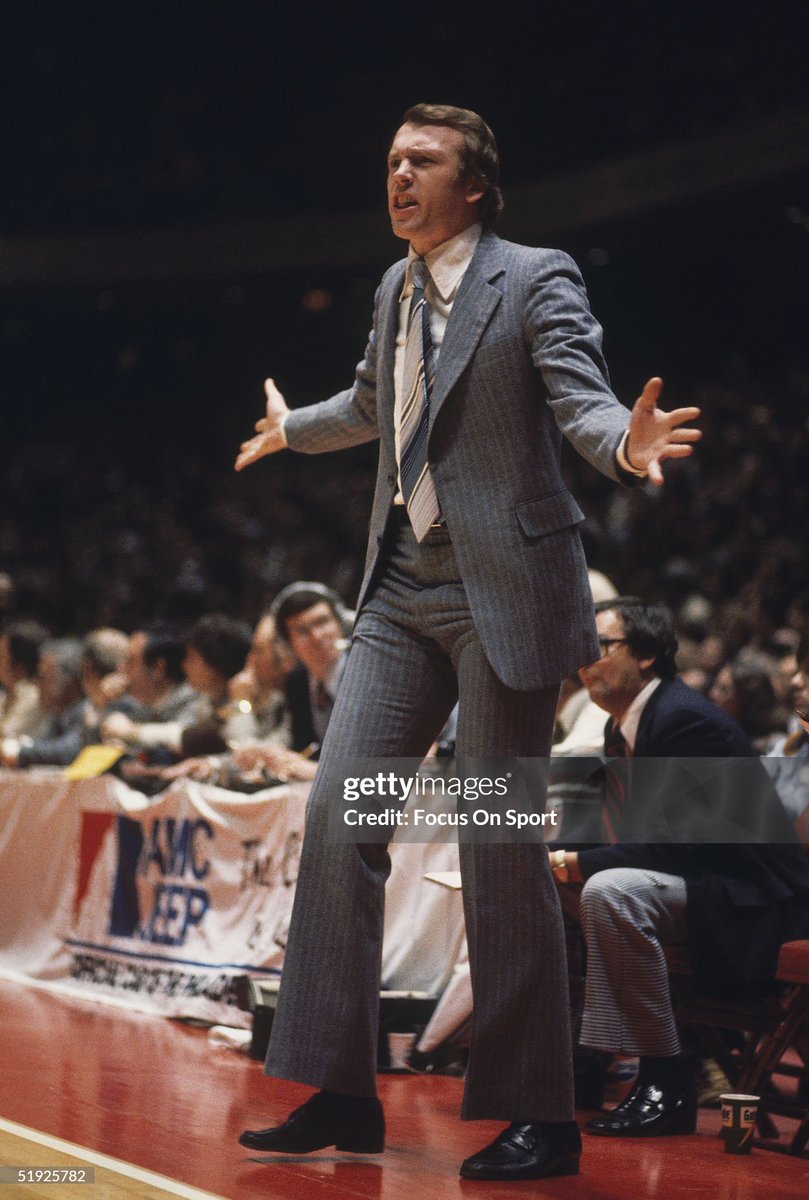
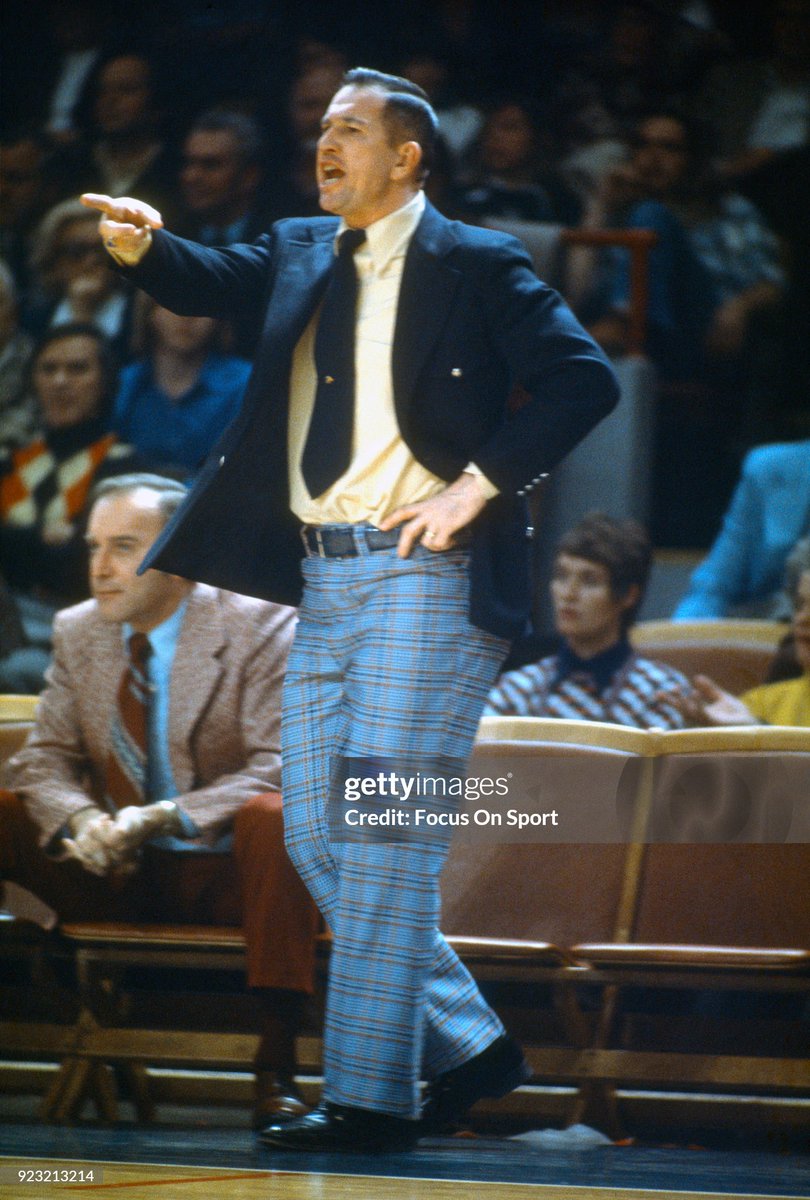


But generally speaking, the quality of the tailoring was still surprisingly good. Clothes drape cleanly, collar hugs neck, armholes allow for movement, etc. The last photo even shows a bit of a lapel roll, which can only be achieved through quality pad stitching and ironwork. 



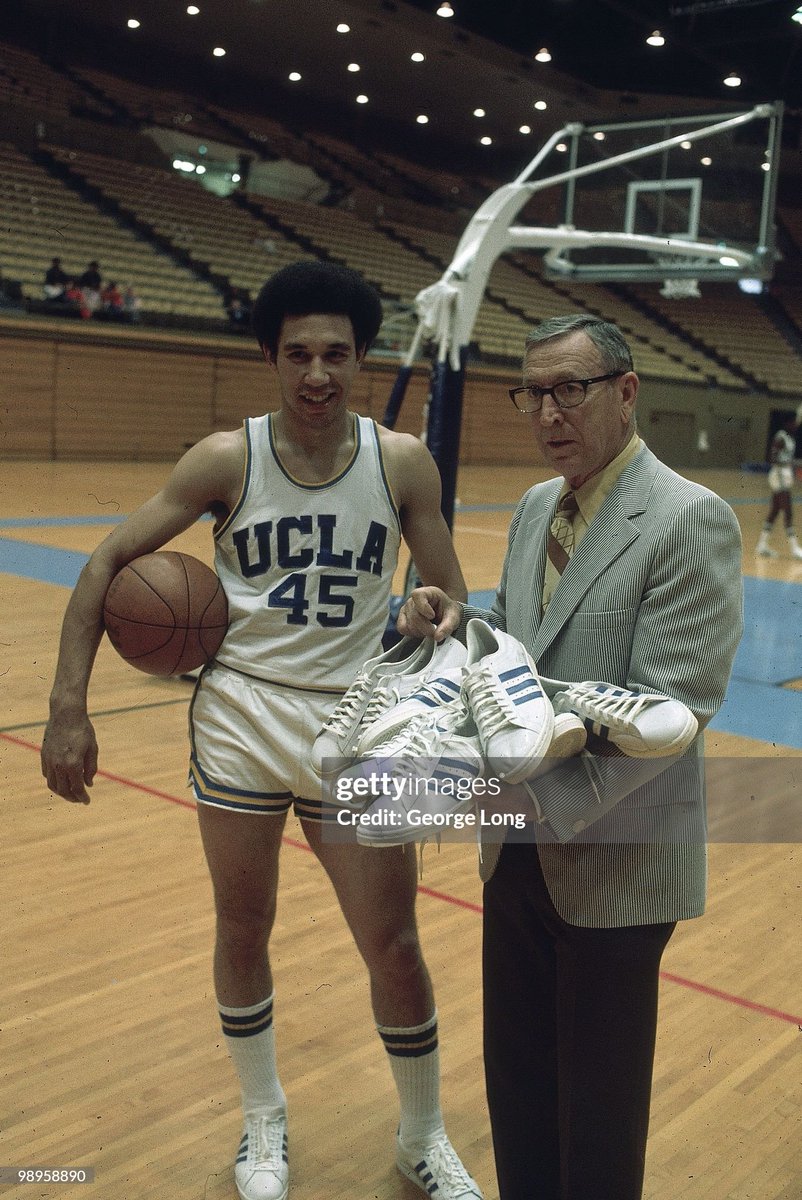

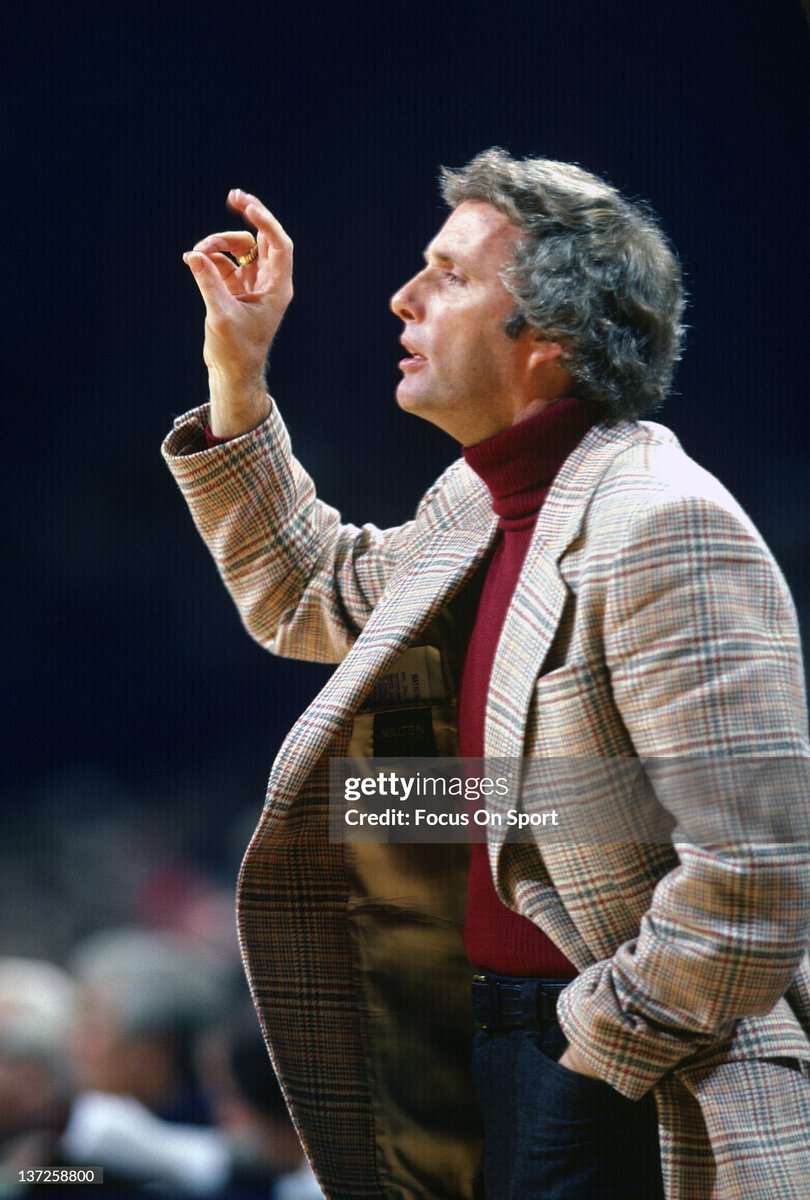

The dam still holds in the 1980s, maybe with just a bit more prep—madras, corduroy, and flannel, sometimes accented with turtlenecks and penny loafers. This was the decade that saw the release of The Official Preppy Handbook, so the styles were somewhat popular. 




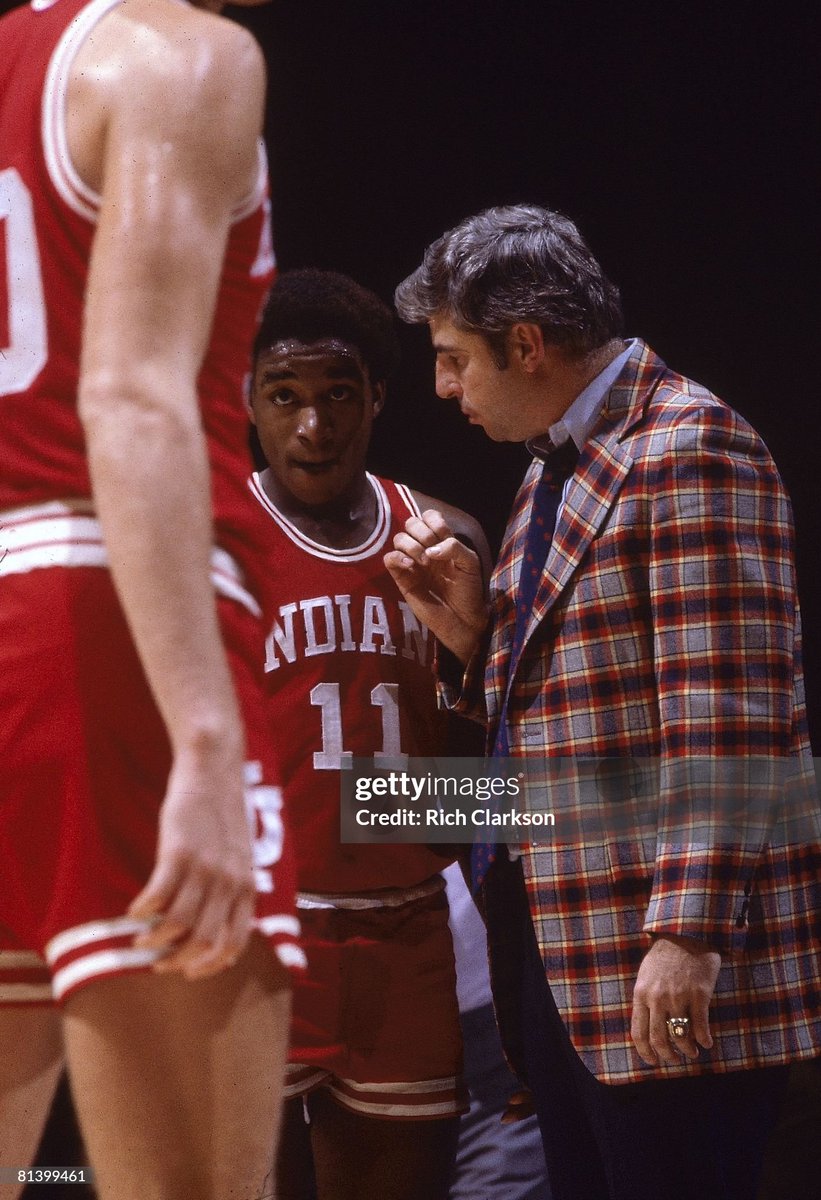

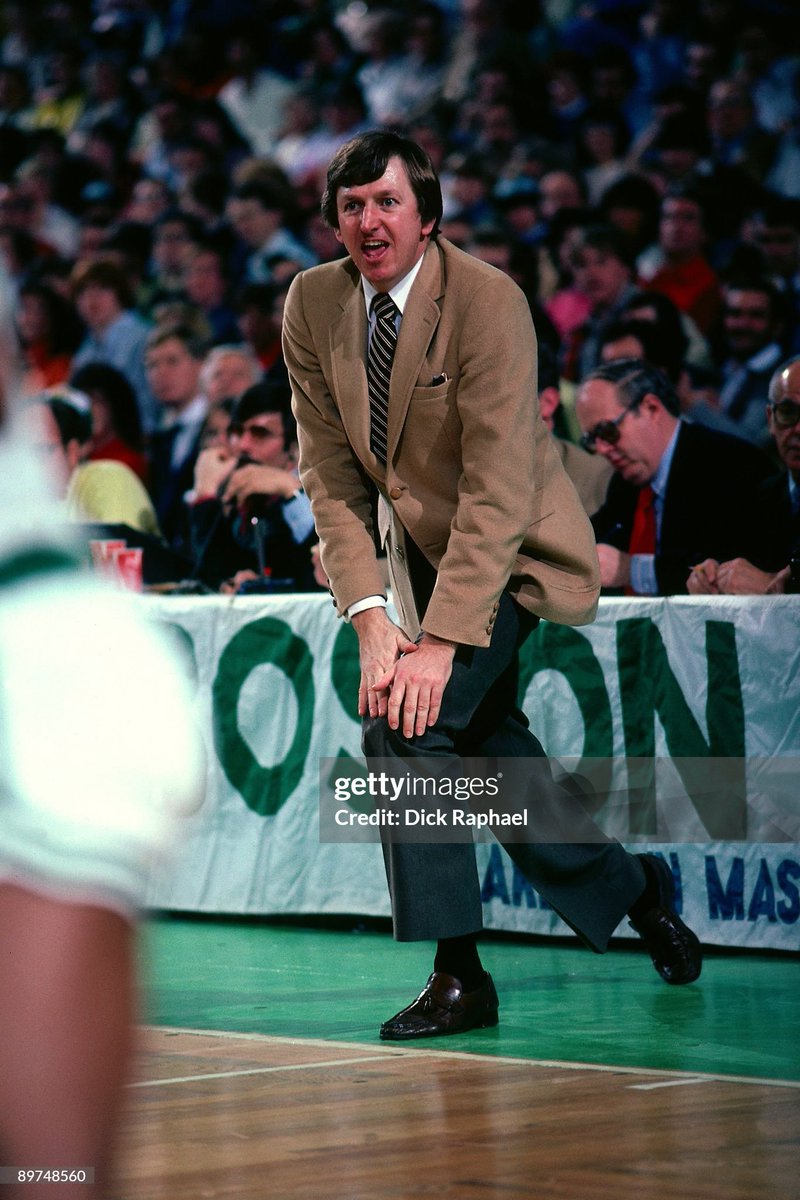
Look at the quality of this tailoring. The proportions are unimpeachable and flattering. The clothes drape and move so well, they're almost "King of Spain" level. 




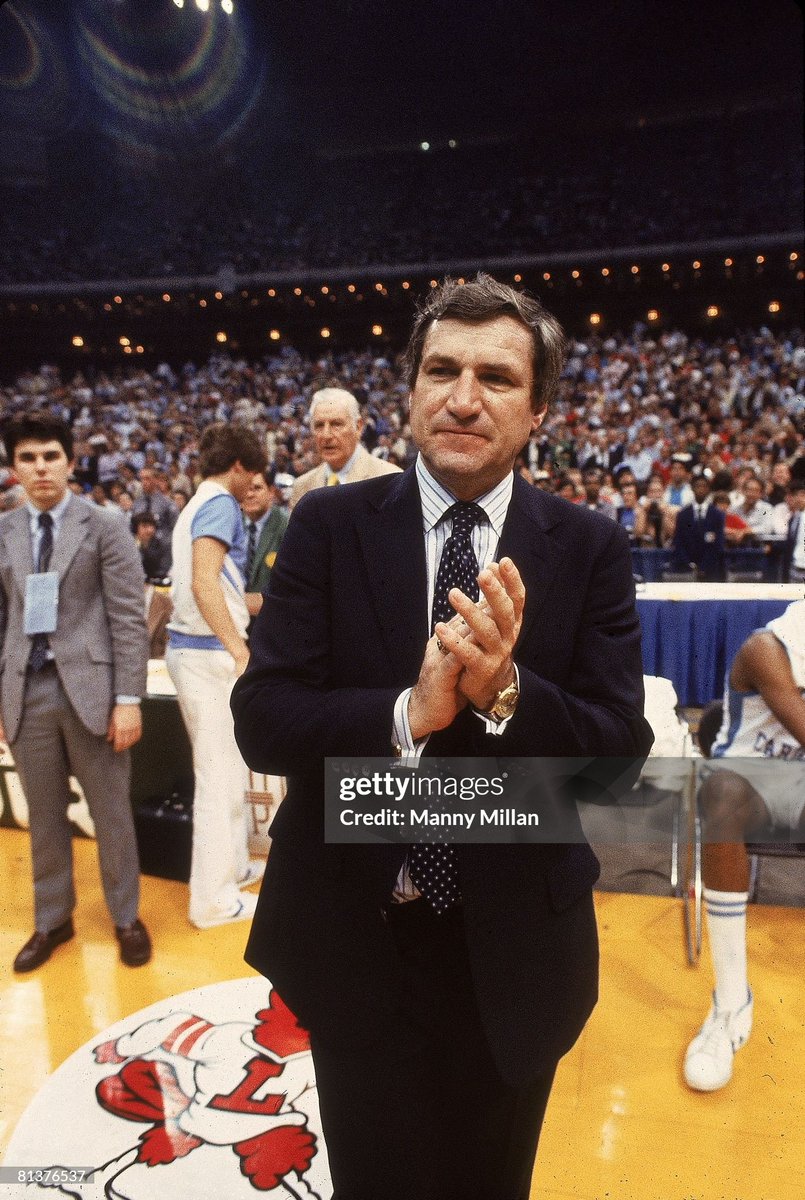

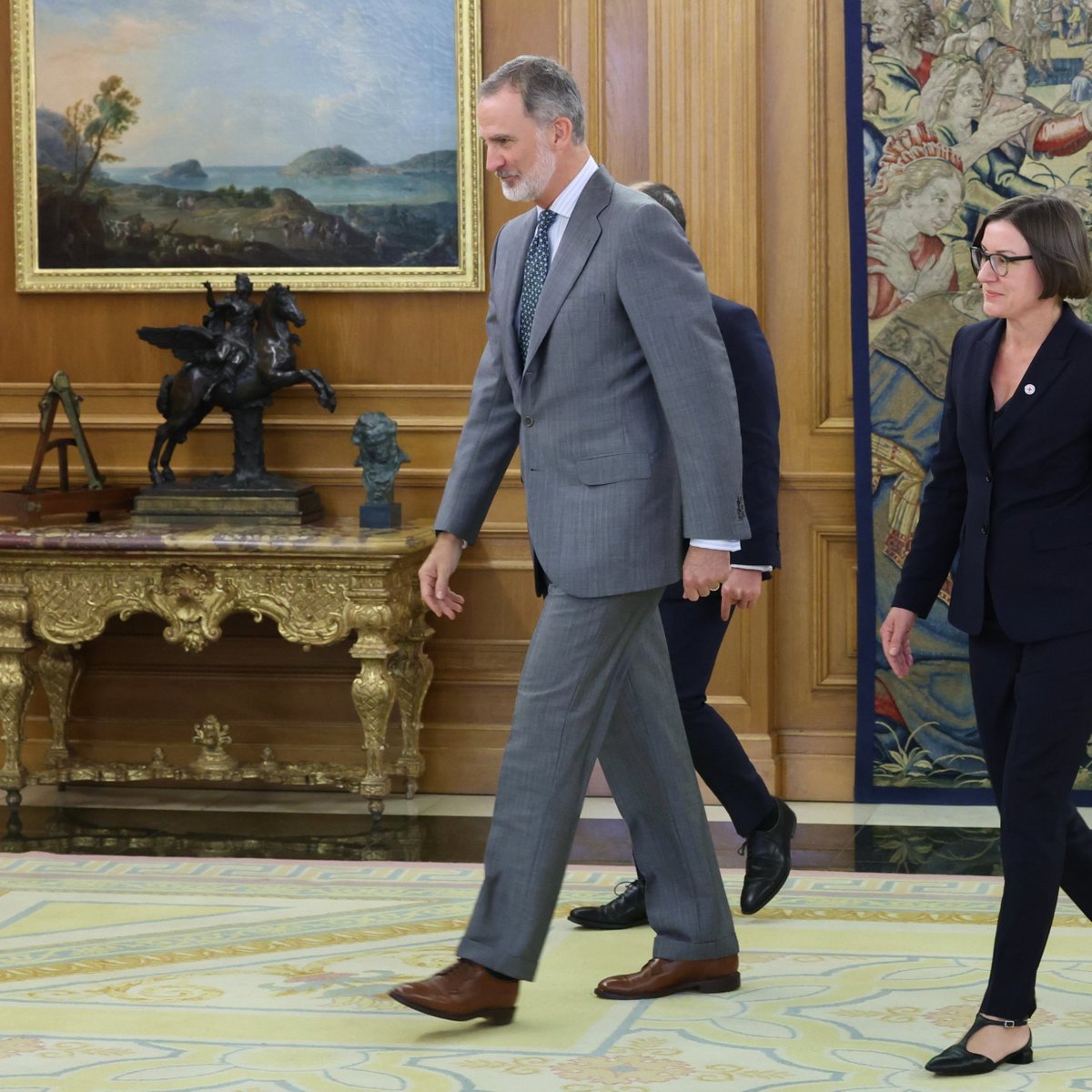
As far as coach style goes, the star of this decade was indisputably Pat Riley, who almost certainly wore Armani. This man knew how a high-rise trouser elongated his leg line. He appreciated dainty little shoes, thin one-inch belts, and powerful lapels. 




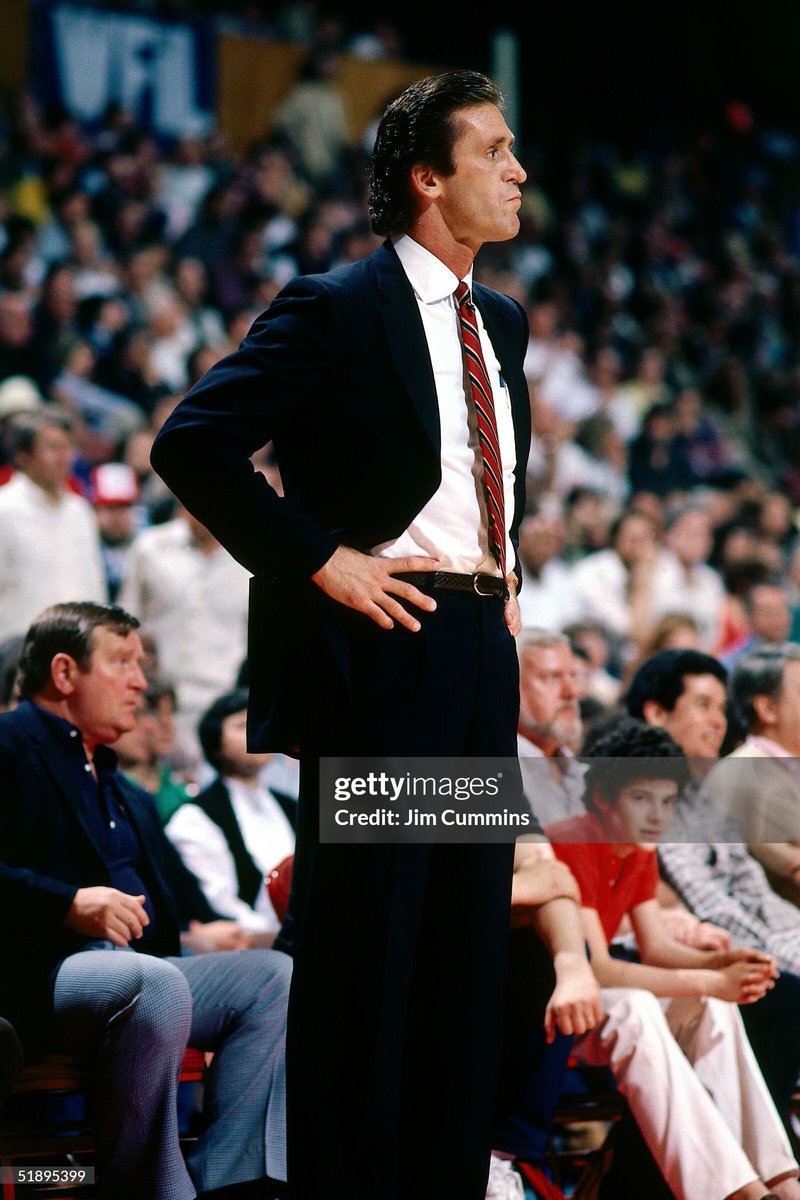
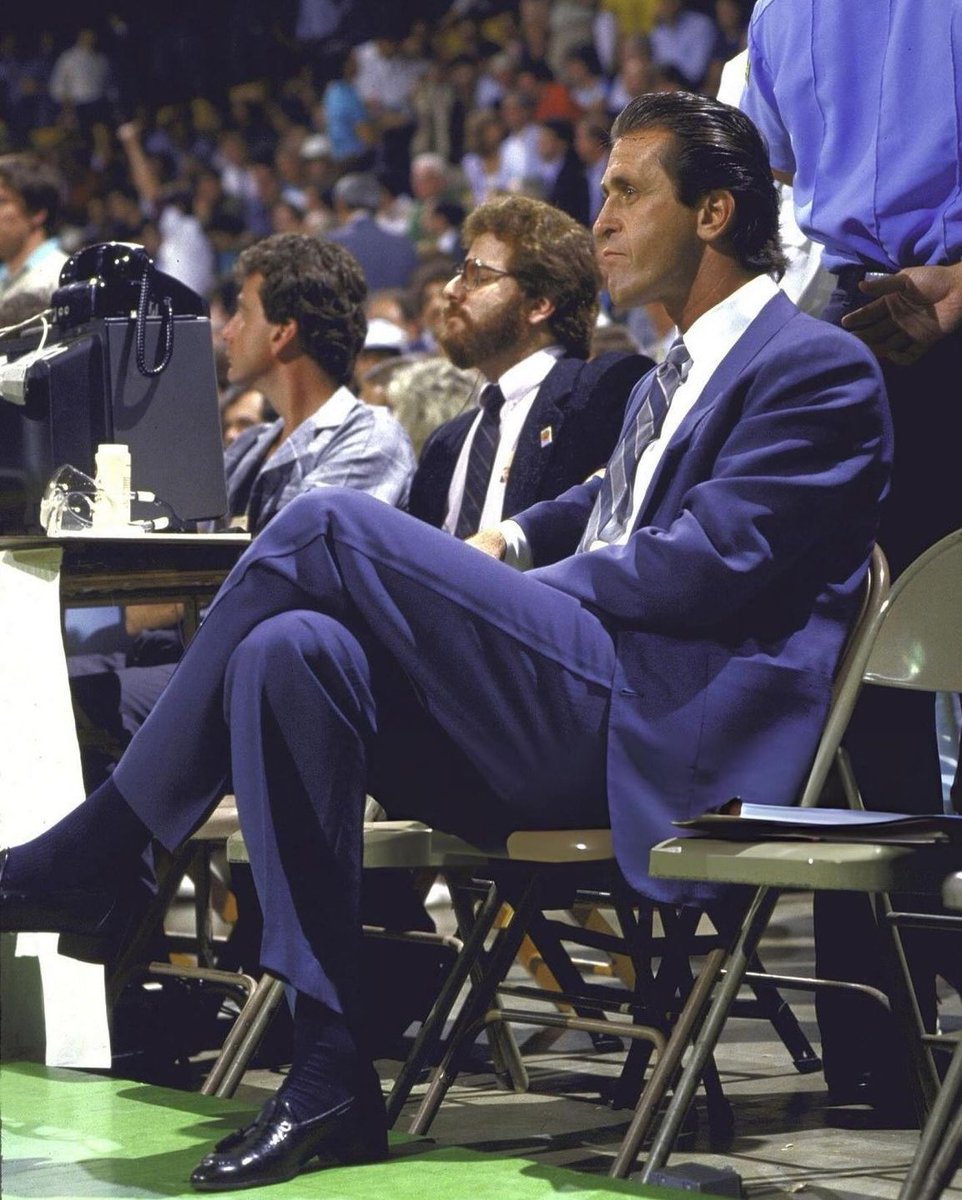
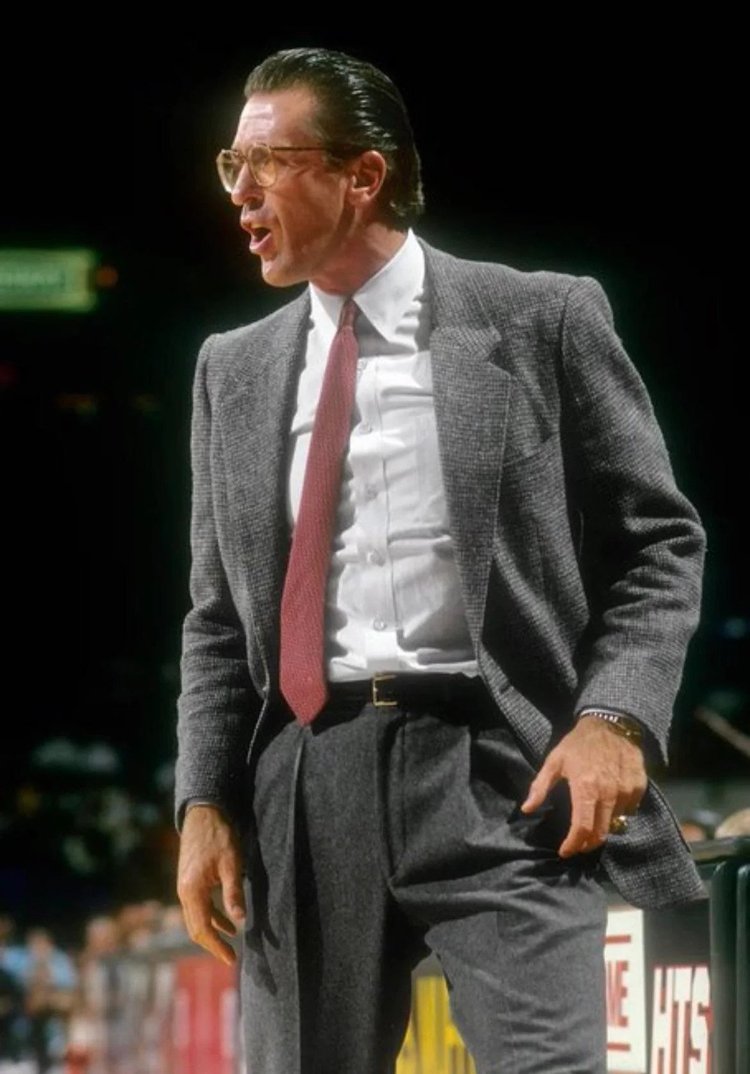
We see things starting to slip in the 1990s. Lapels are flatter, armholes lower, and silhouettes boxier. Even the great Pat Riley doesn't look a stylish as he did in the the previous decade. The outfits are sometimes OK at best, but for me, don't particularly inspire. 



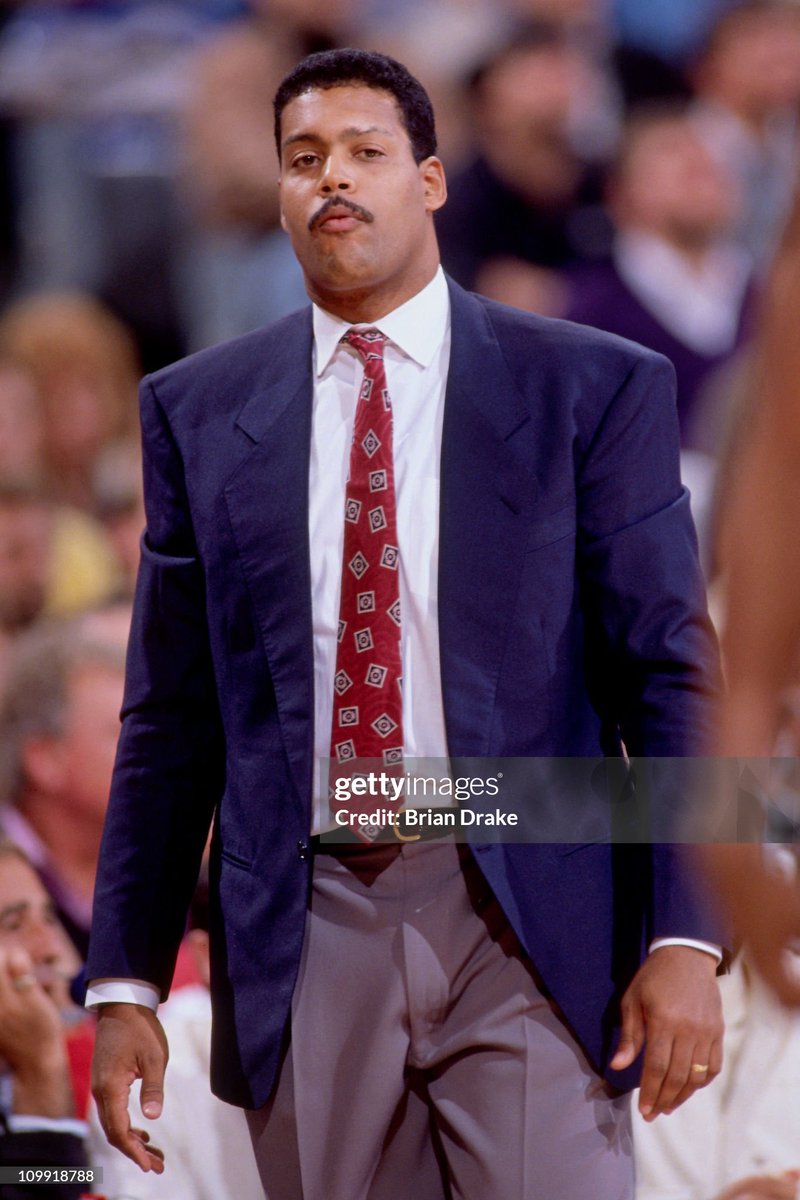
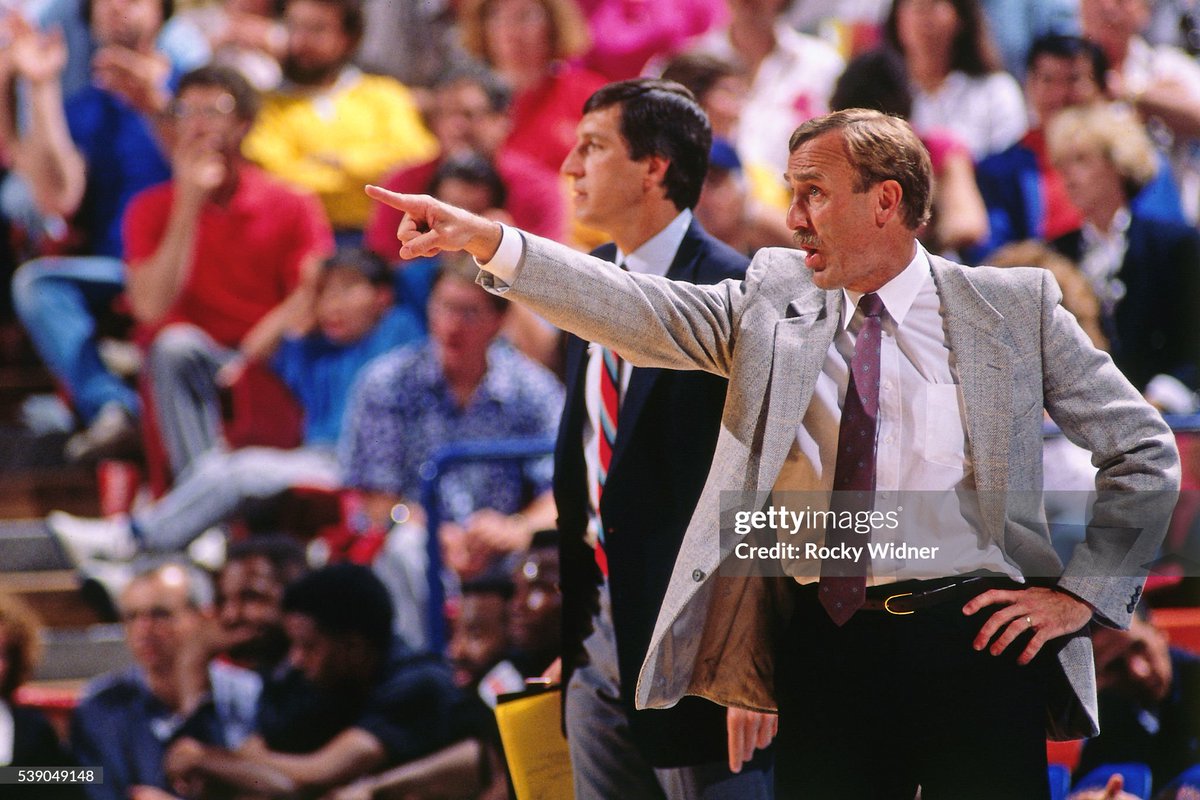

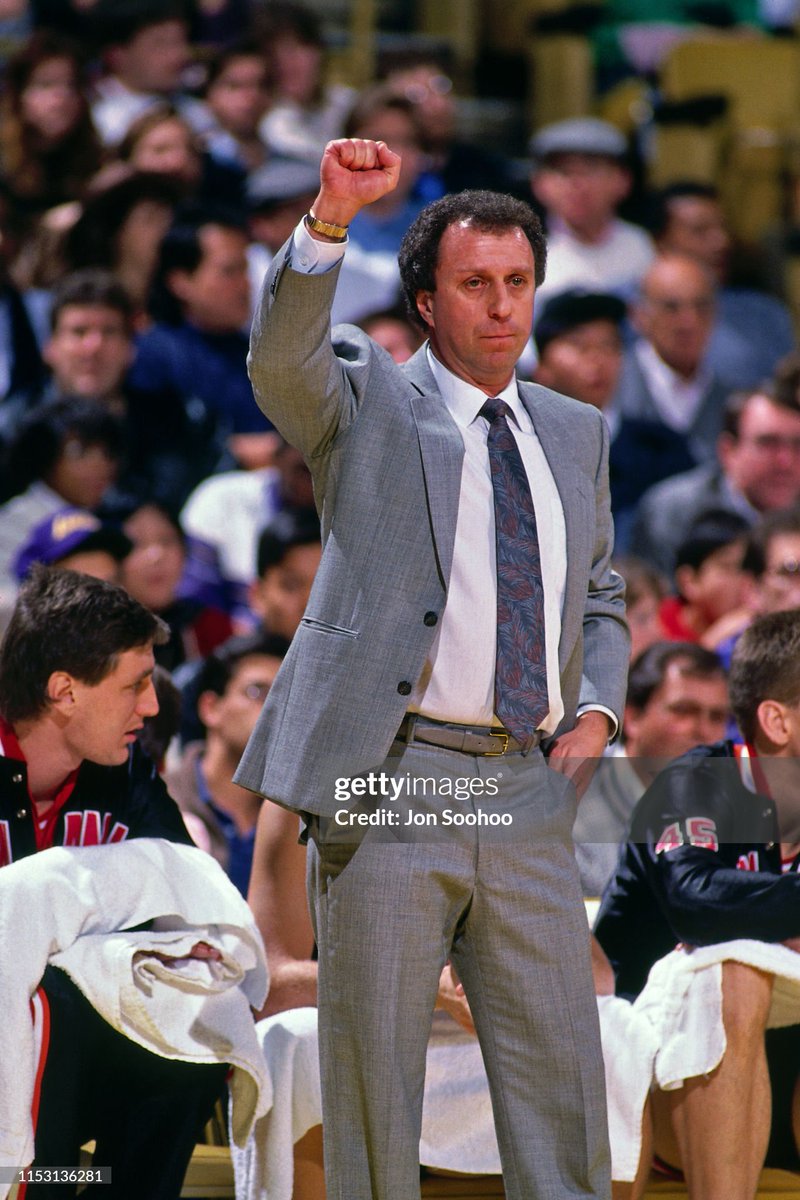
IMO, this is the current state of things. In order of appearance, here are photos from 2010, 2012, 2017, and 2019. Sometimes the tailoring is downright bad (first two pics). Sometimes the tailoring is OK, but it's just a dark worsted suit in a sober color worn without at tie. 



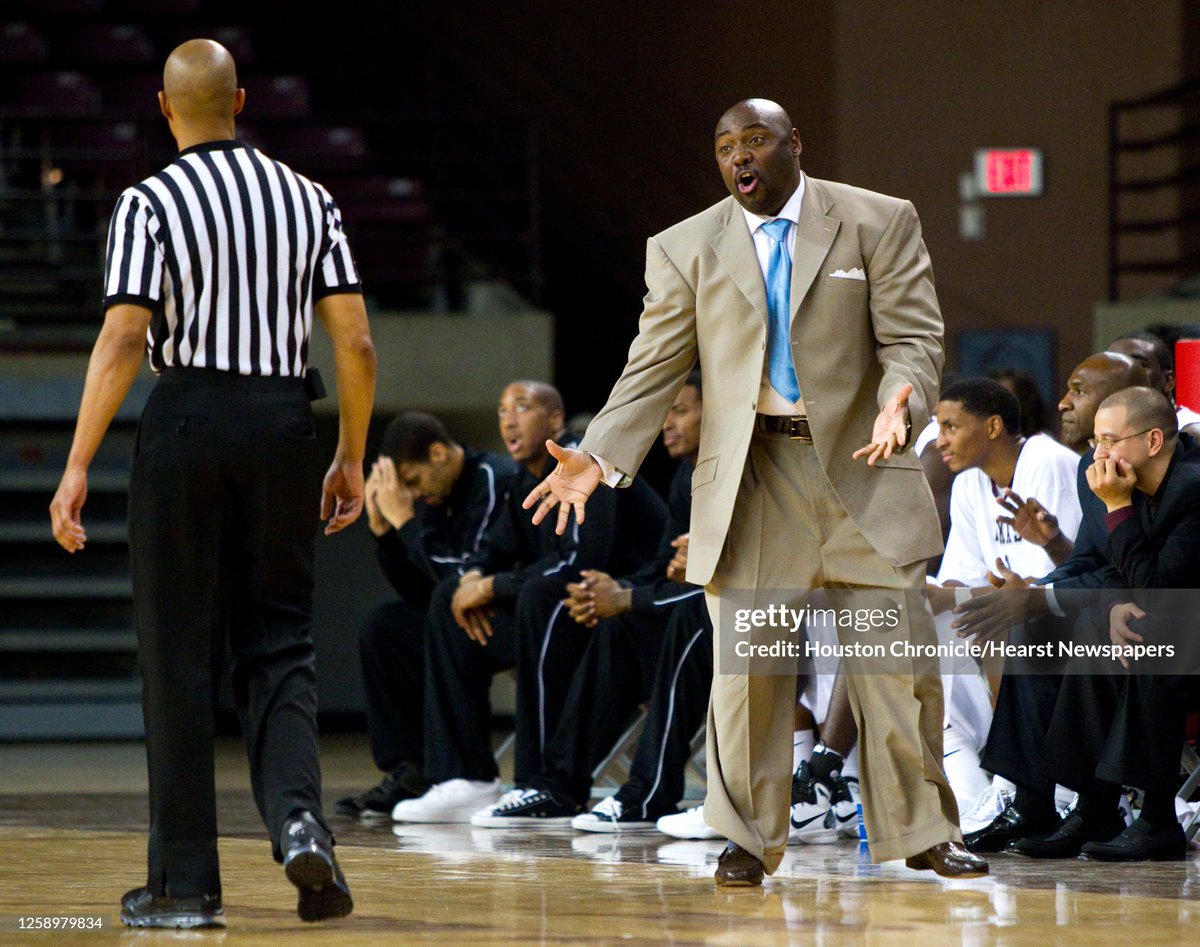

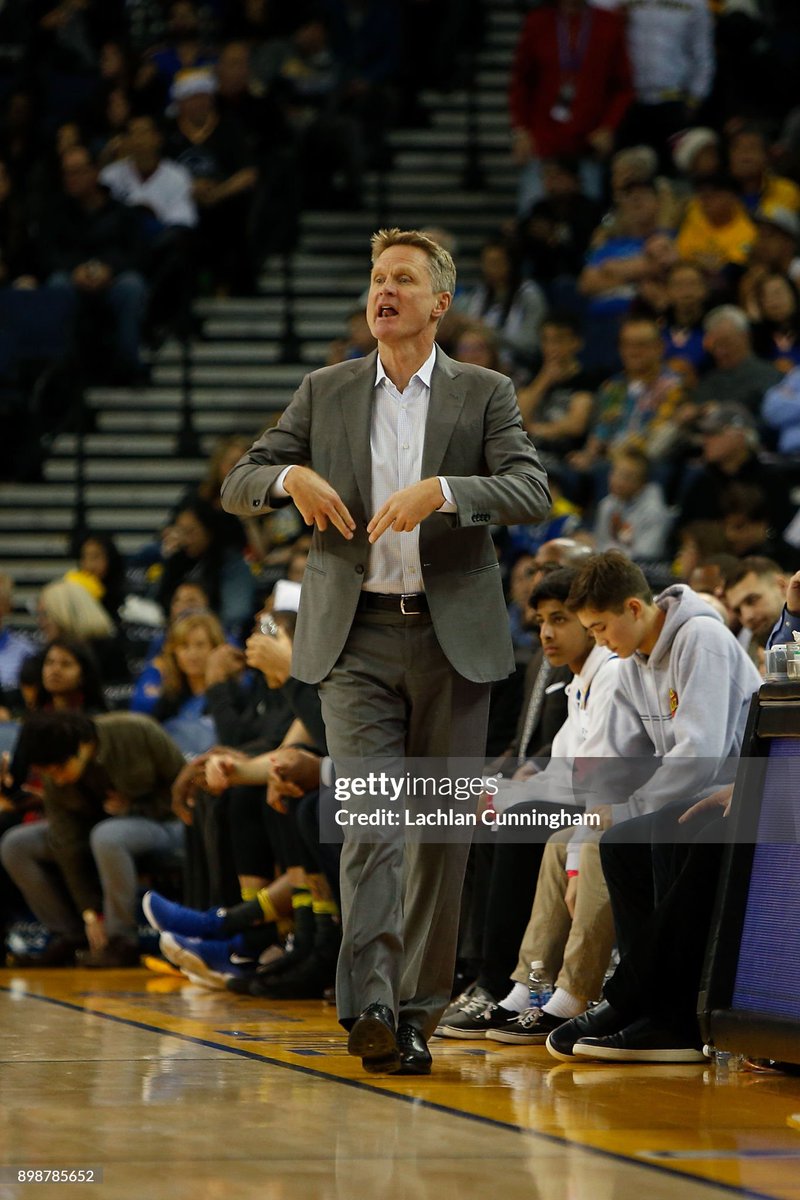
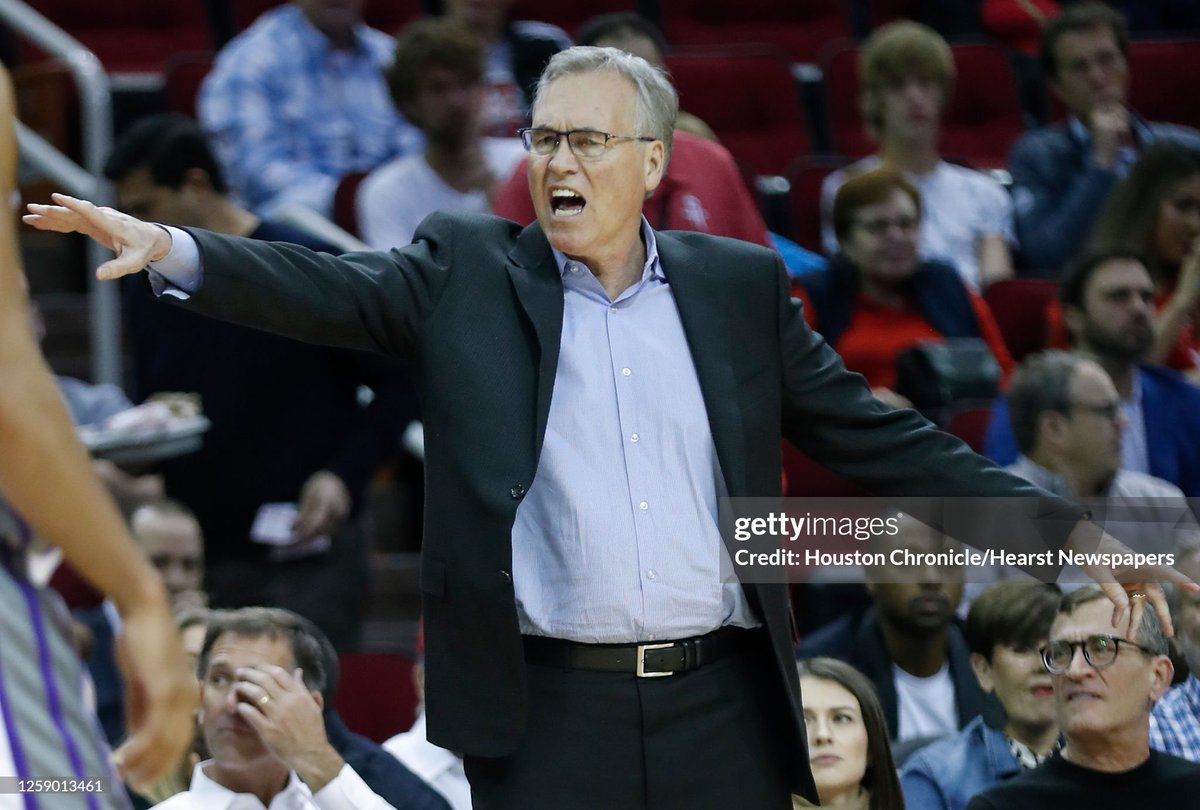
Fabrics have gotten more boring (pic one of two colors; always a solid, never patterned or textured); suit is worn without a tie (so even less visual interest); tailoring is mediocre. Is this better than the athleisure and quarter zips seen on court? TBH, I'm indifferent to both 



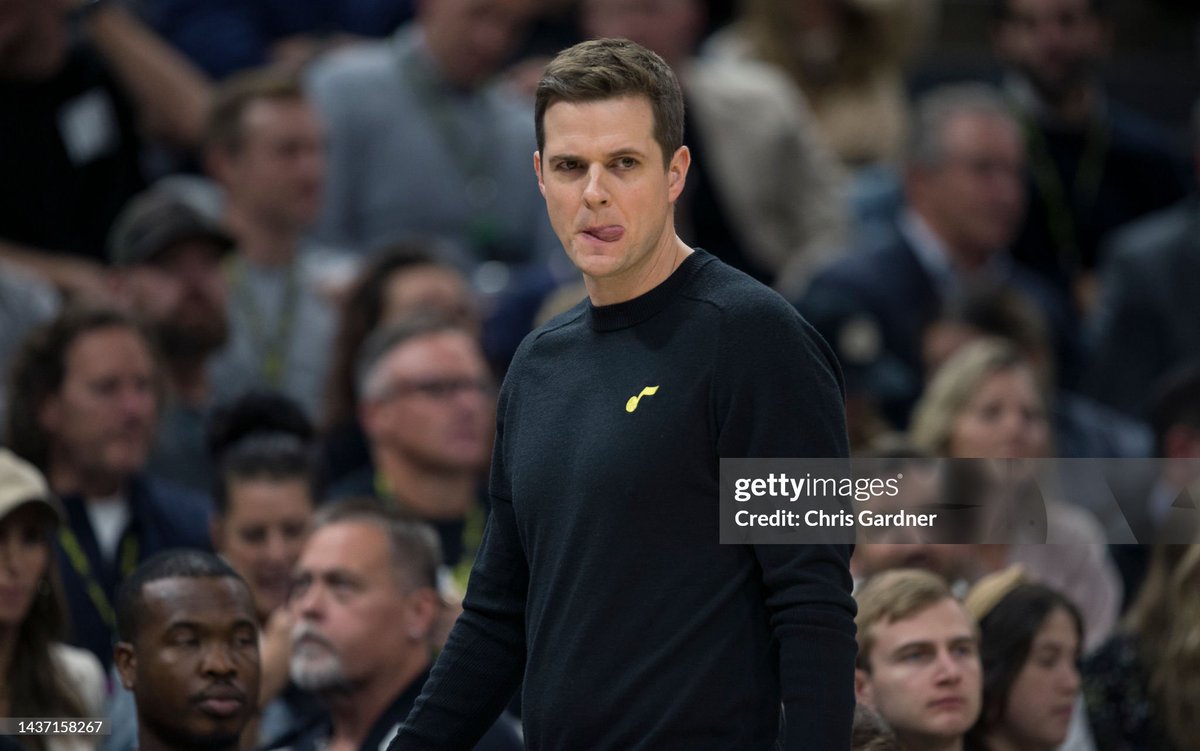
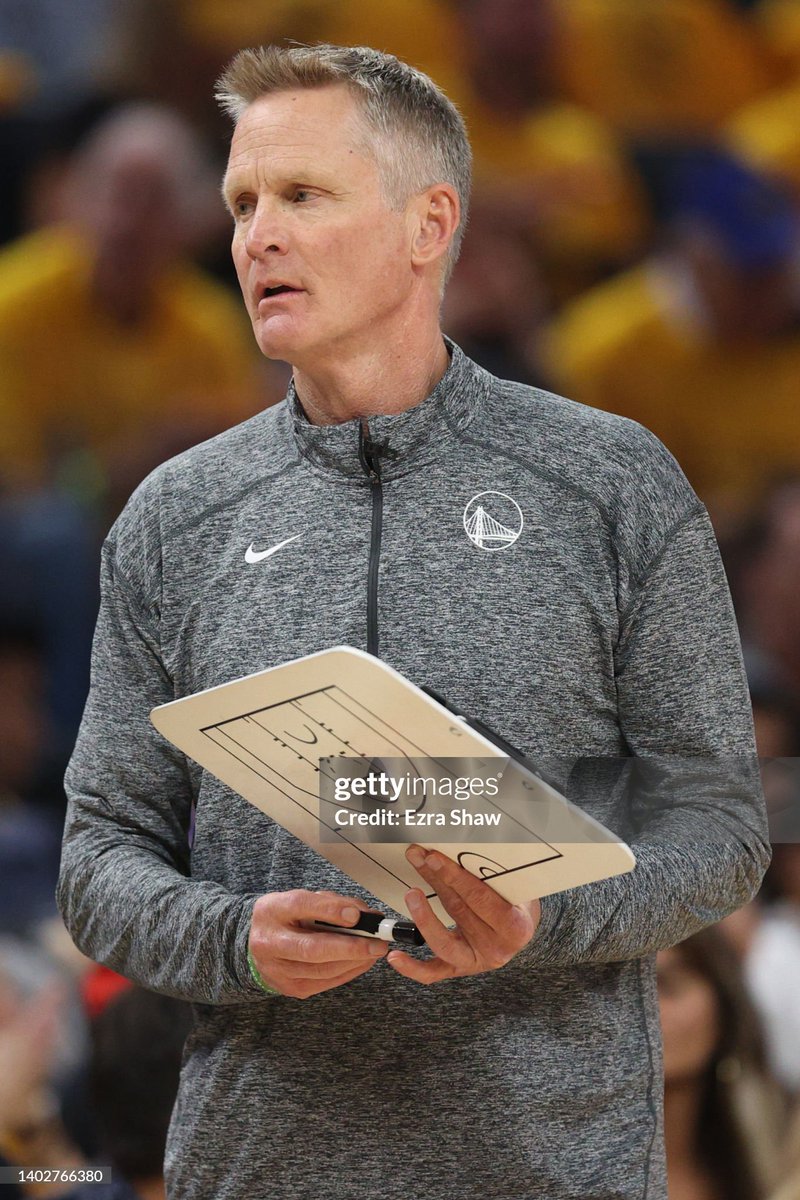
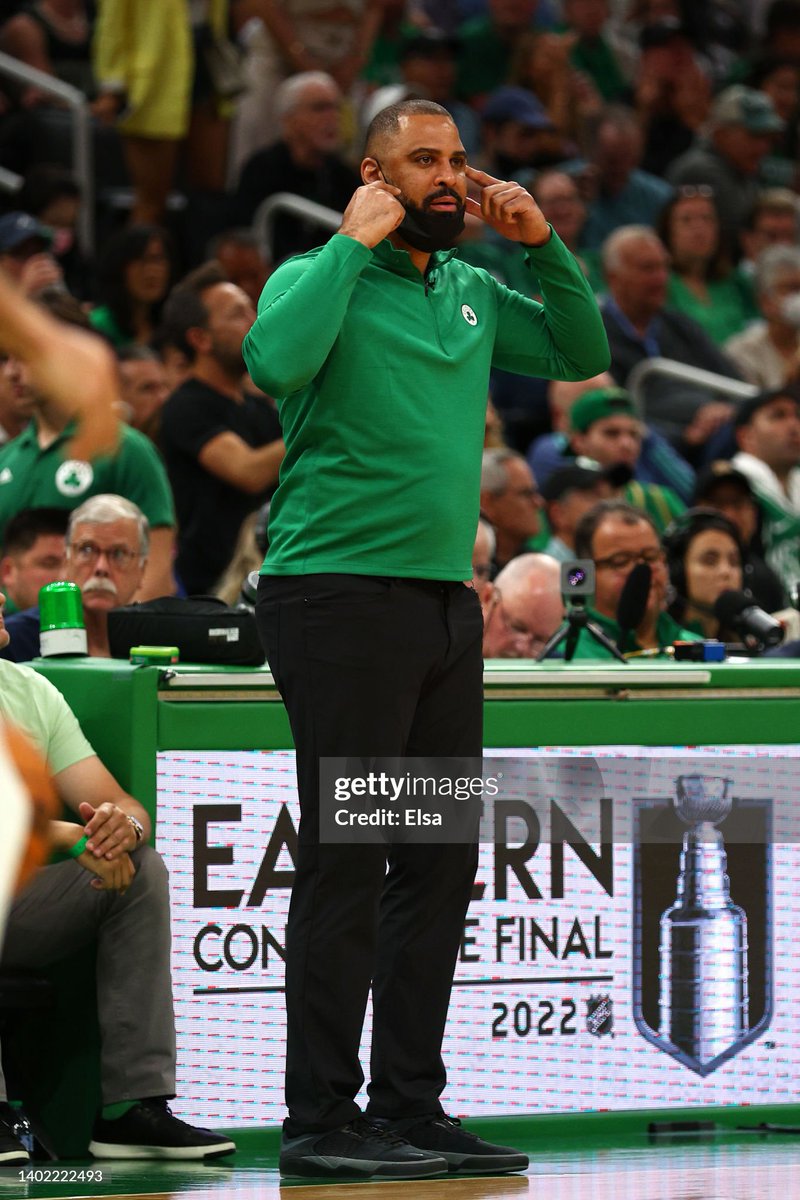
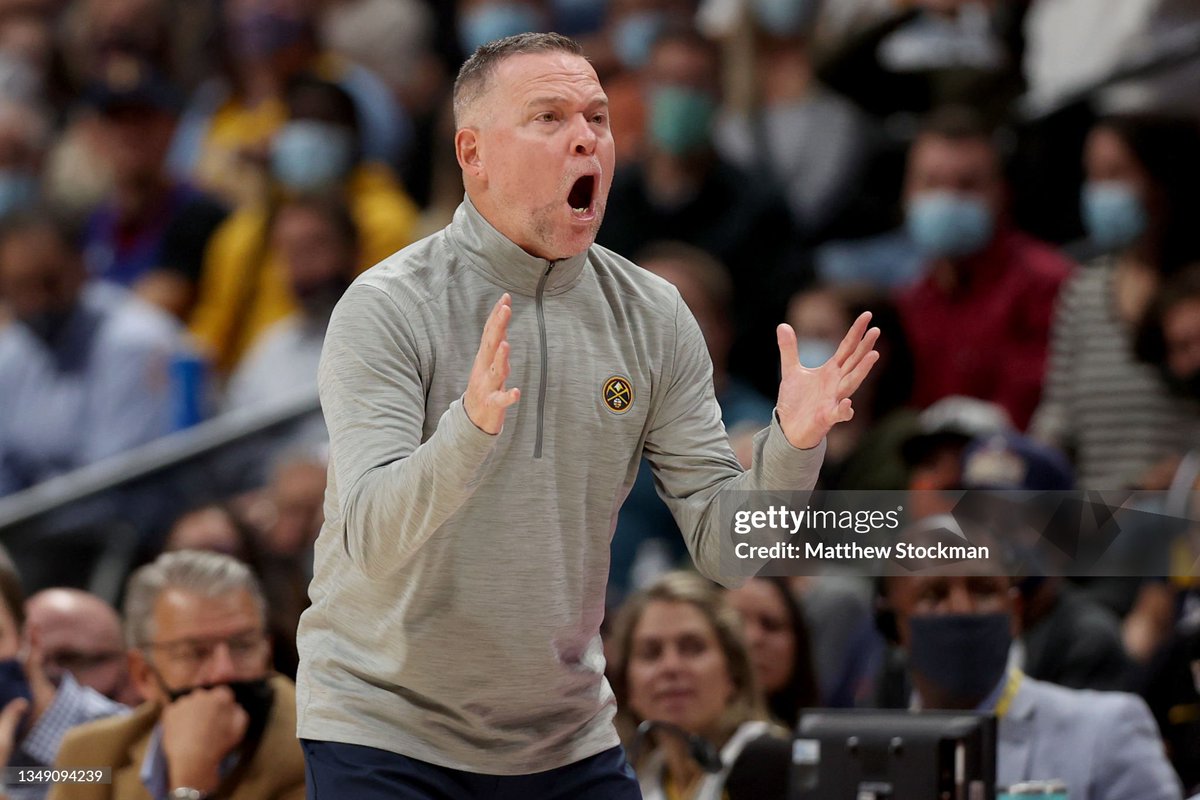
So what changed? Do we believe that coaches took more pride in personal appearance 50 years ago? Did they spend time reading about tailoring and thinking about how to create cool outfits? Were they more effective as coaches bc they dressed better? I doubt any of these are true.
I don't know anything about basketball, but I would guess that coaches today are *better* at their job than ones of the past (just as I assume Steph Curry and Lebron are better at basketball than players of the past). I also assume none of these guys cared about clothes.
Instead, the *market* around them changed. Tailoring has been dying a slow death since the close of the Second World War, but what started as a slippery slope in the 1950s went into free fall in the 1990s. This was the decade that saw the rise of business casual. 
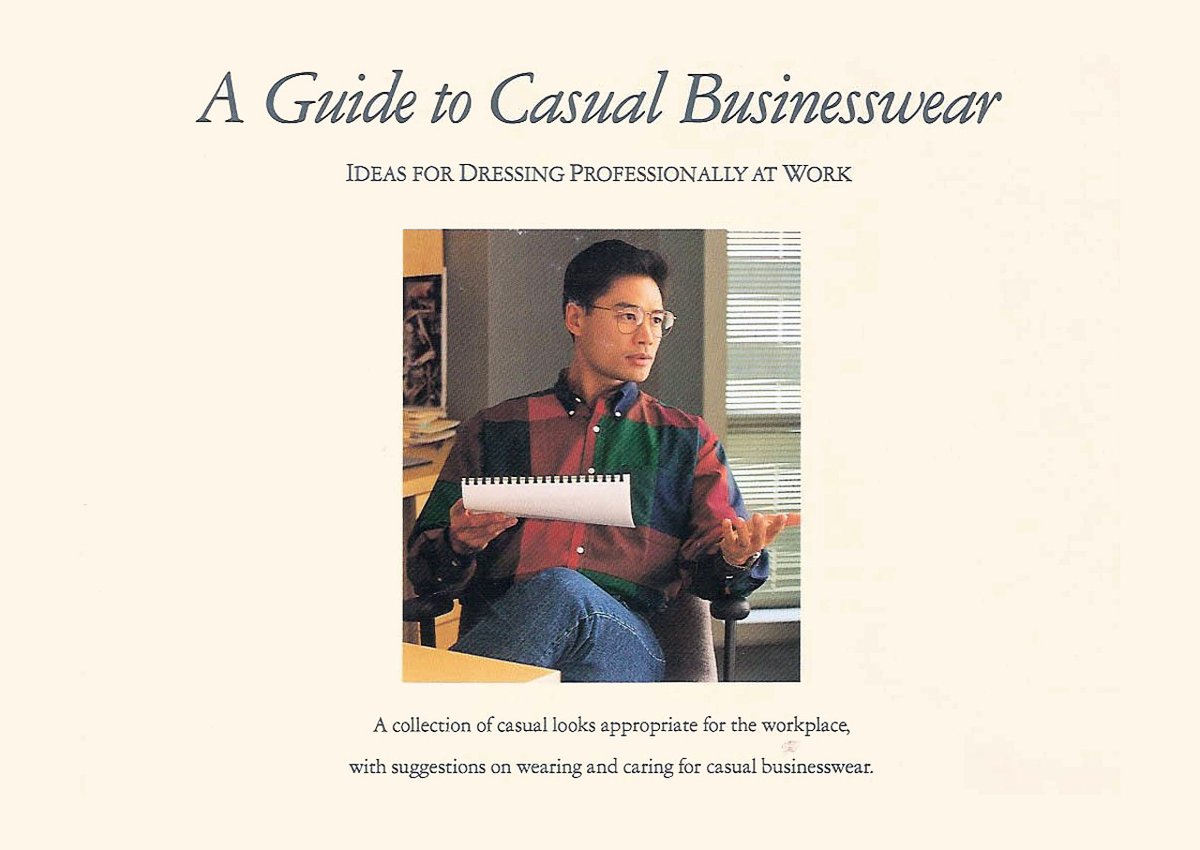
As tailoring disappeared from offices, so did tailors from cities. Over the last 100 years, we've spent less of our total expenditures on apparel, but also consume more articles of clothing (graphs from BLS and American Apparel and Footwear Association). 


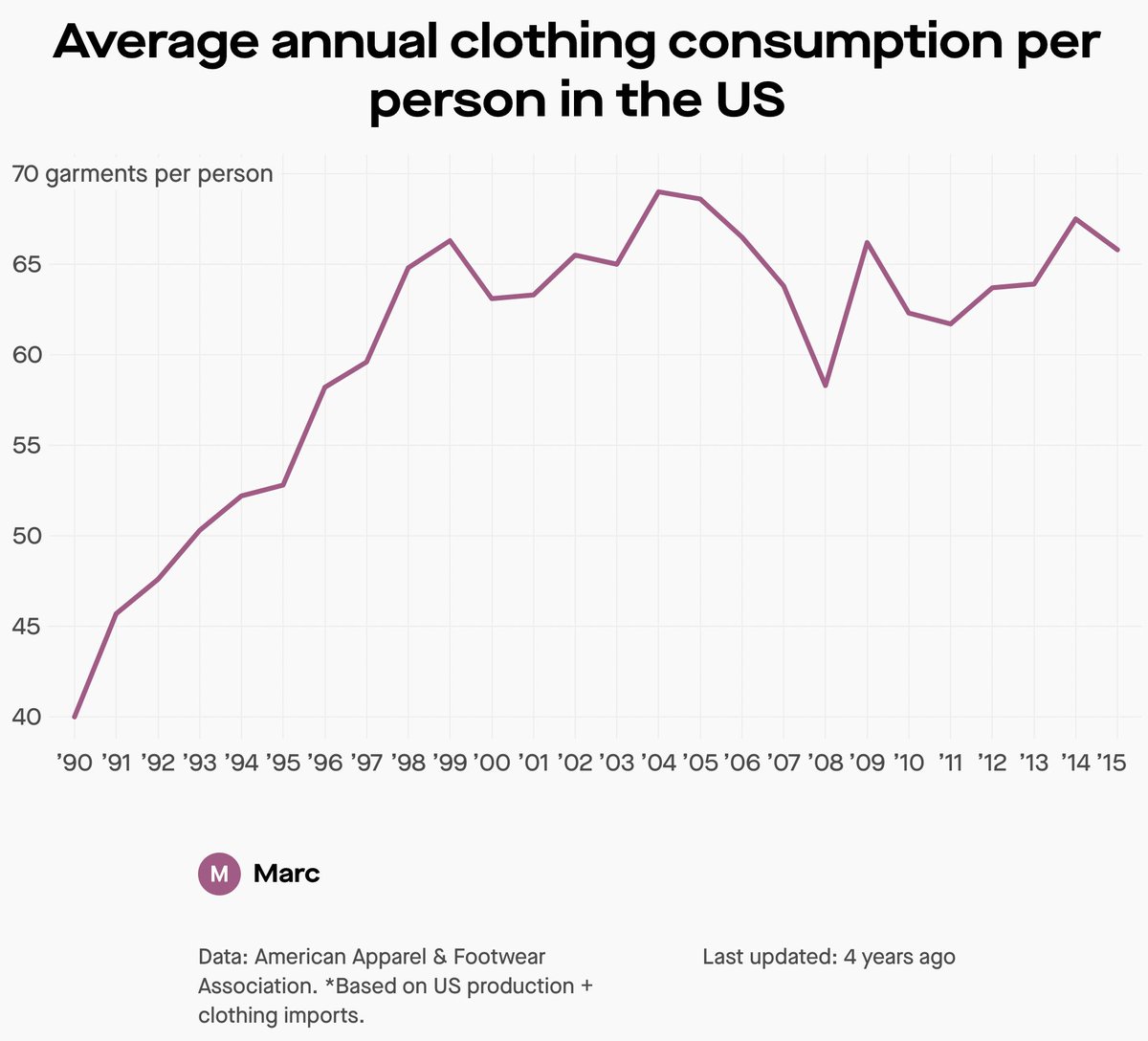
It's not possible for quality tailors and traditional clothiers to survive in this environment. Instead, the market is populated with casualwear, fast fashion, designer fashion, and stores filled with sales associates who work on commission and need to pay for skyrocketing rents. 
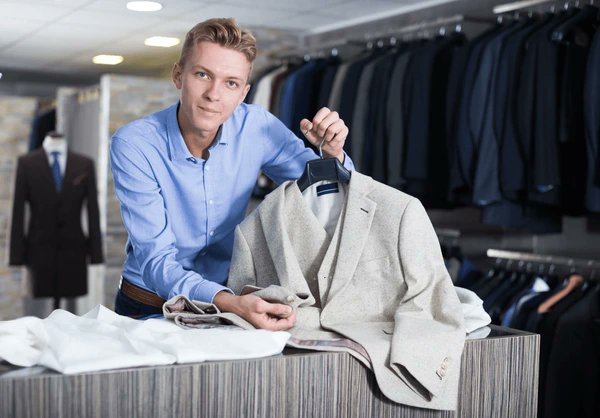
Just look at the clothiers who dress athletes. These are typically made-to-measure operations with at traveling fitter who came up with a trendy block pattern and then sends the measurements to an overseas factory. The "cutter" never sees you. Fitter is of questionable taste. 





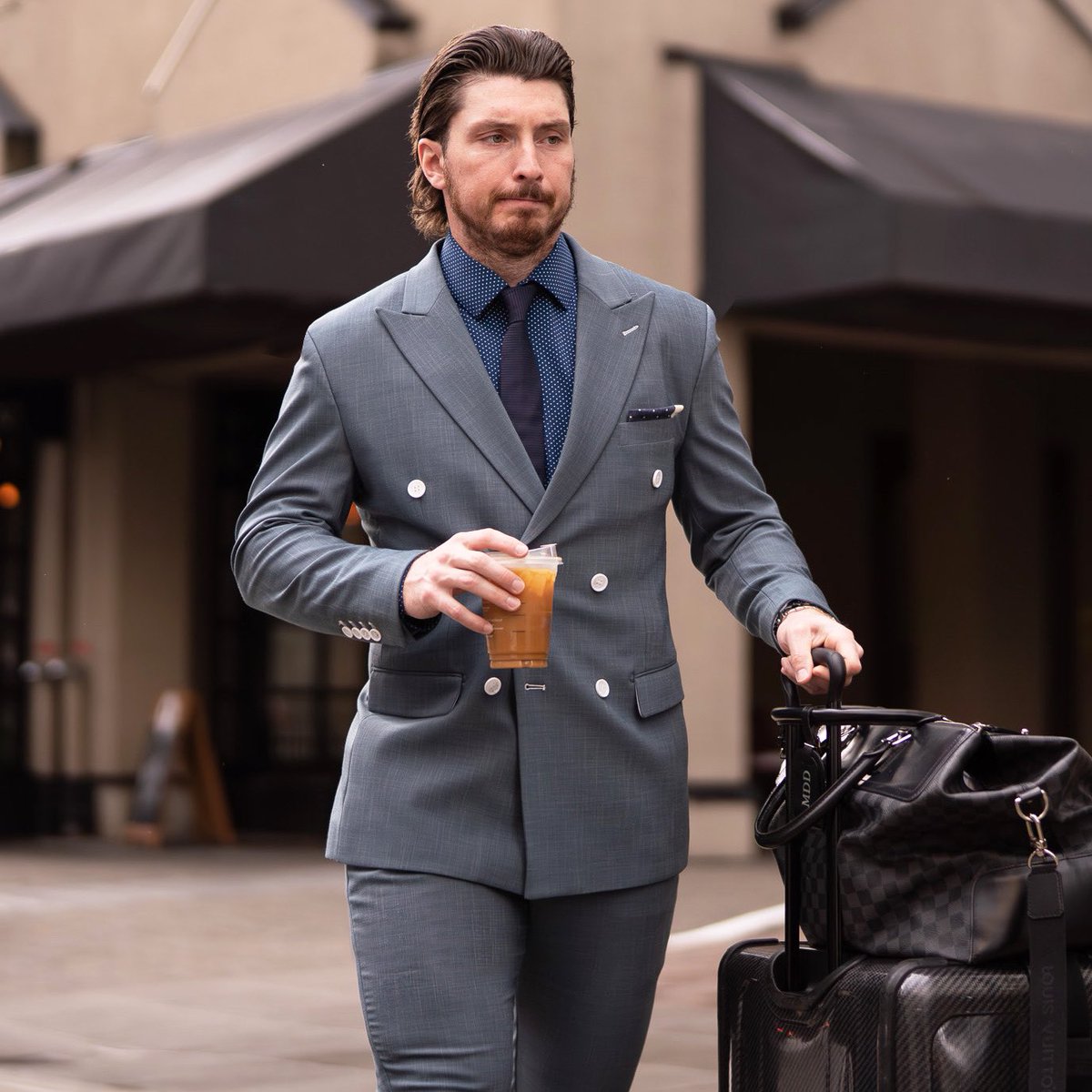
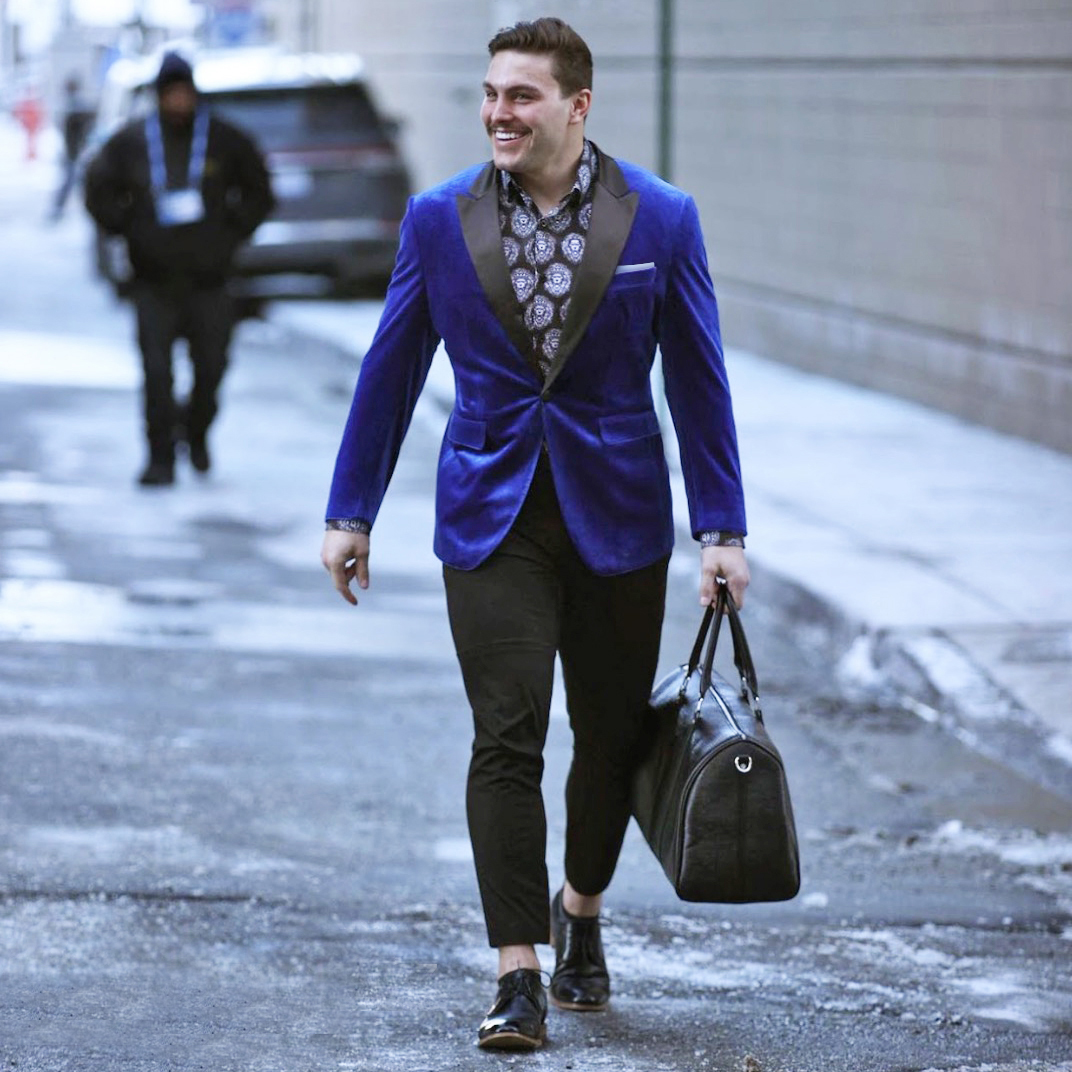
On a scale of 0 to 100, let's say it took an effort level of 40 to dress like the people below. Today, it would require an effort level of 90 to achieve the same look. It used to be that a man could walk to a local tailoring shop and get quality clothes and service. No longer. 



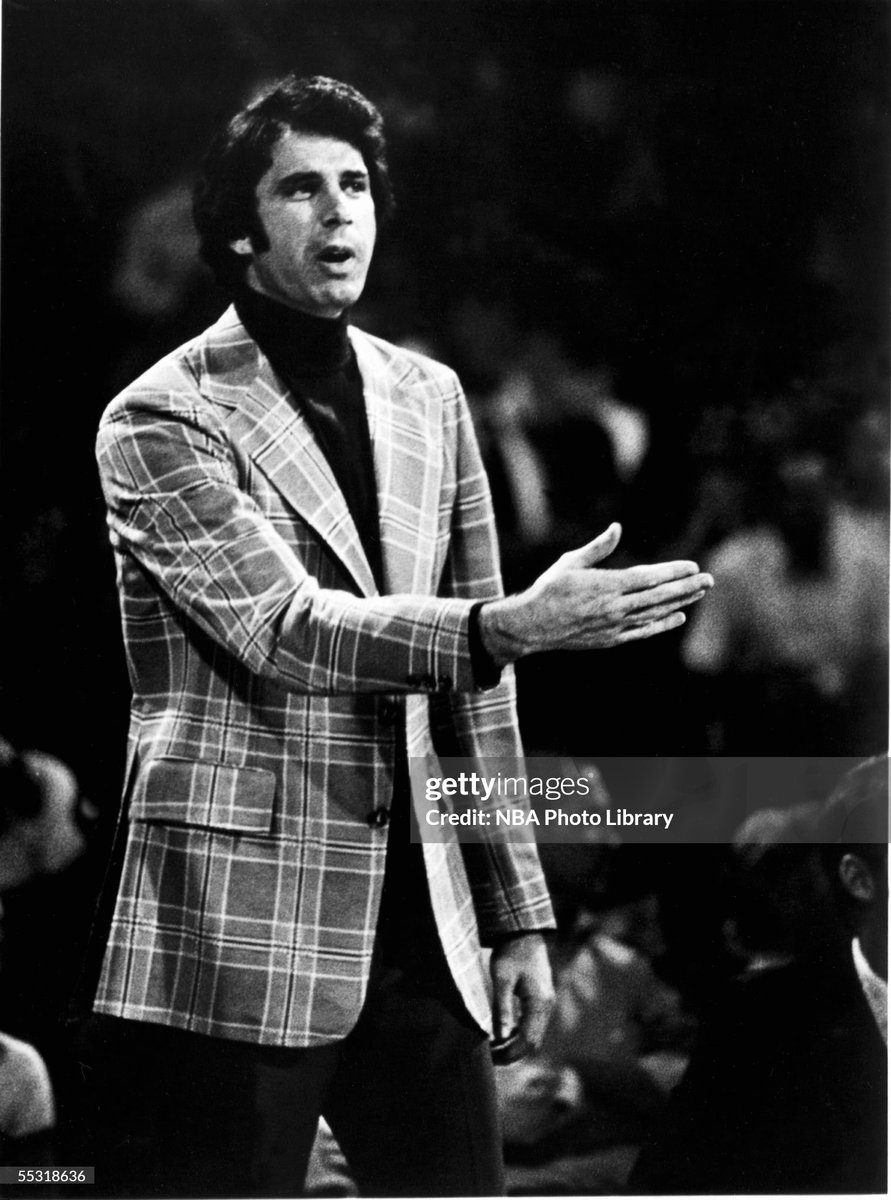

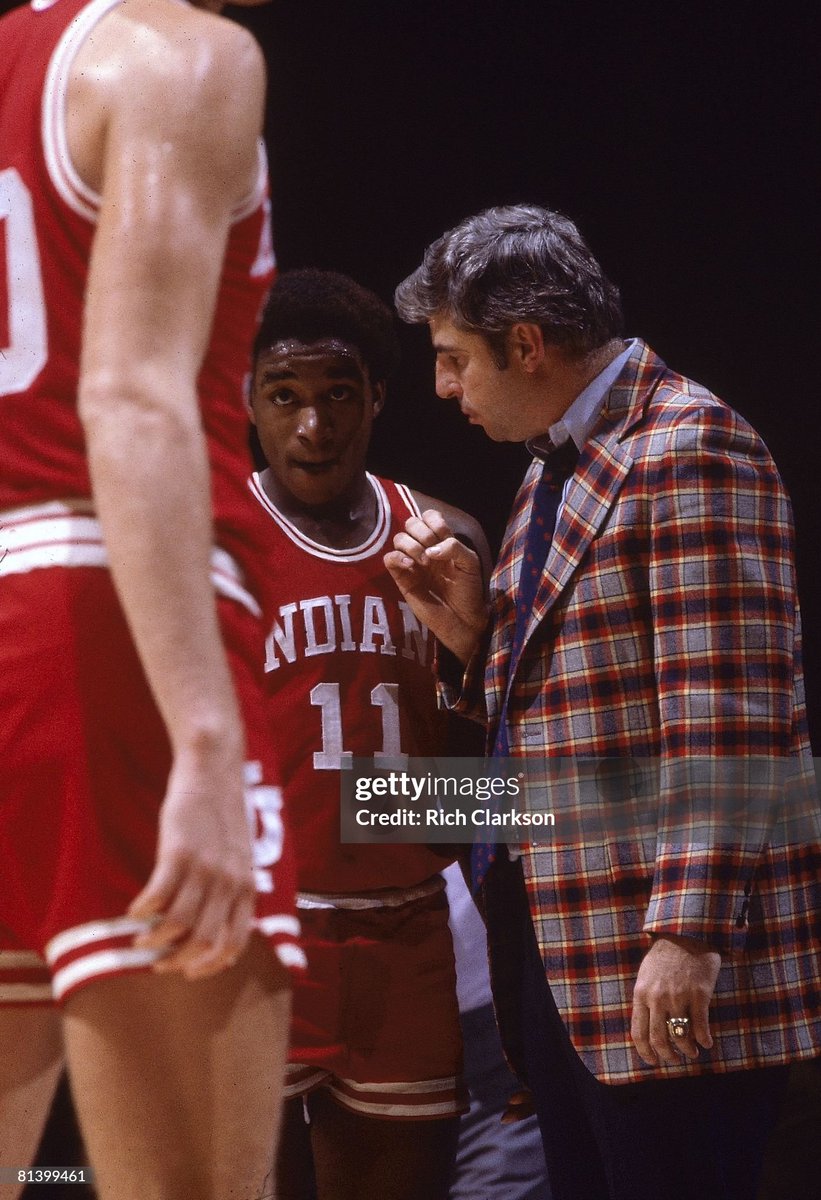
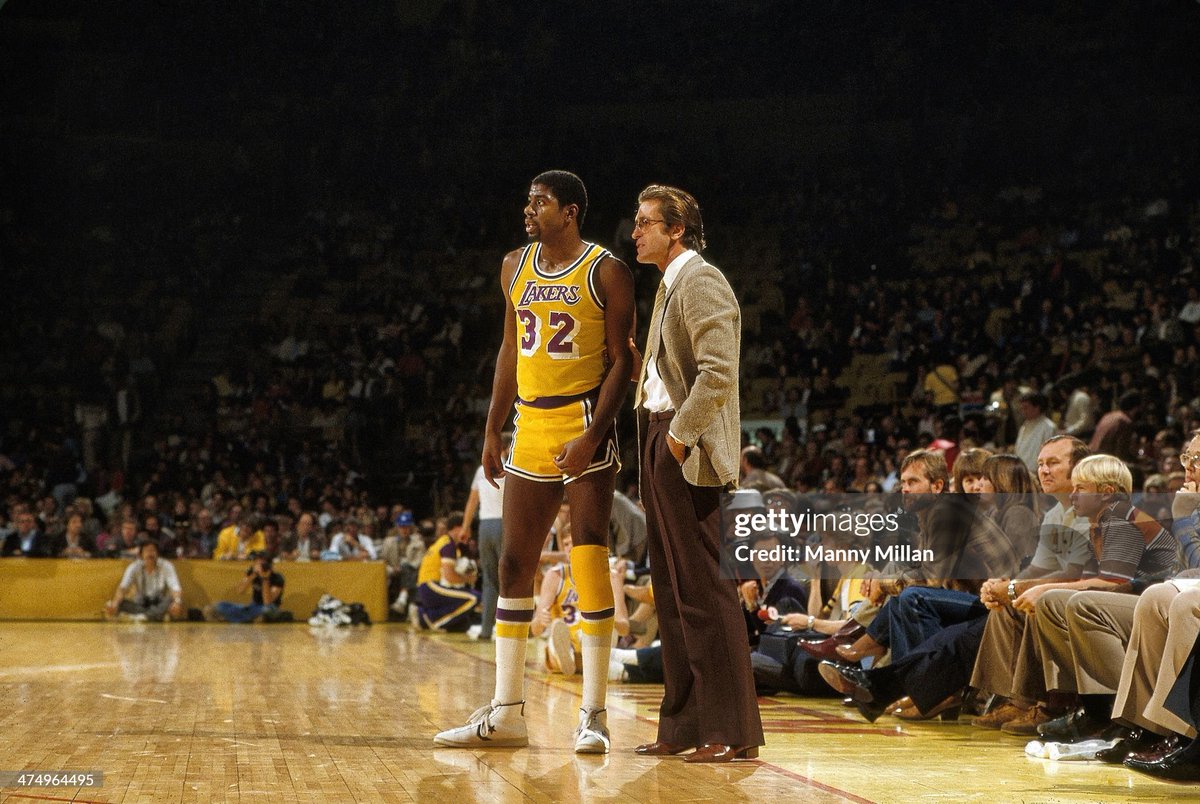
Now more of the burden is placed on the consumer—they have to figure out which silhouettes work for them, how a garment should fit, who provides quality tailoring, etc.
Aesthetics come from the heart, and dress codes don't change people's hearts.
Aesthetics come from the heart, and dress codes don't change people's hearts.
Reasonably, coaches are focused on winning games, not looking stylish. If some decide to dress well, then great—they'll do the necessary work and we can then admire their outfits. But fundamentally, the market has changed. The tailors who made those outfits look good are gone. 
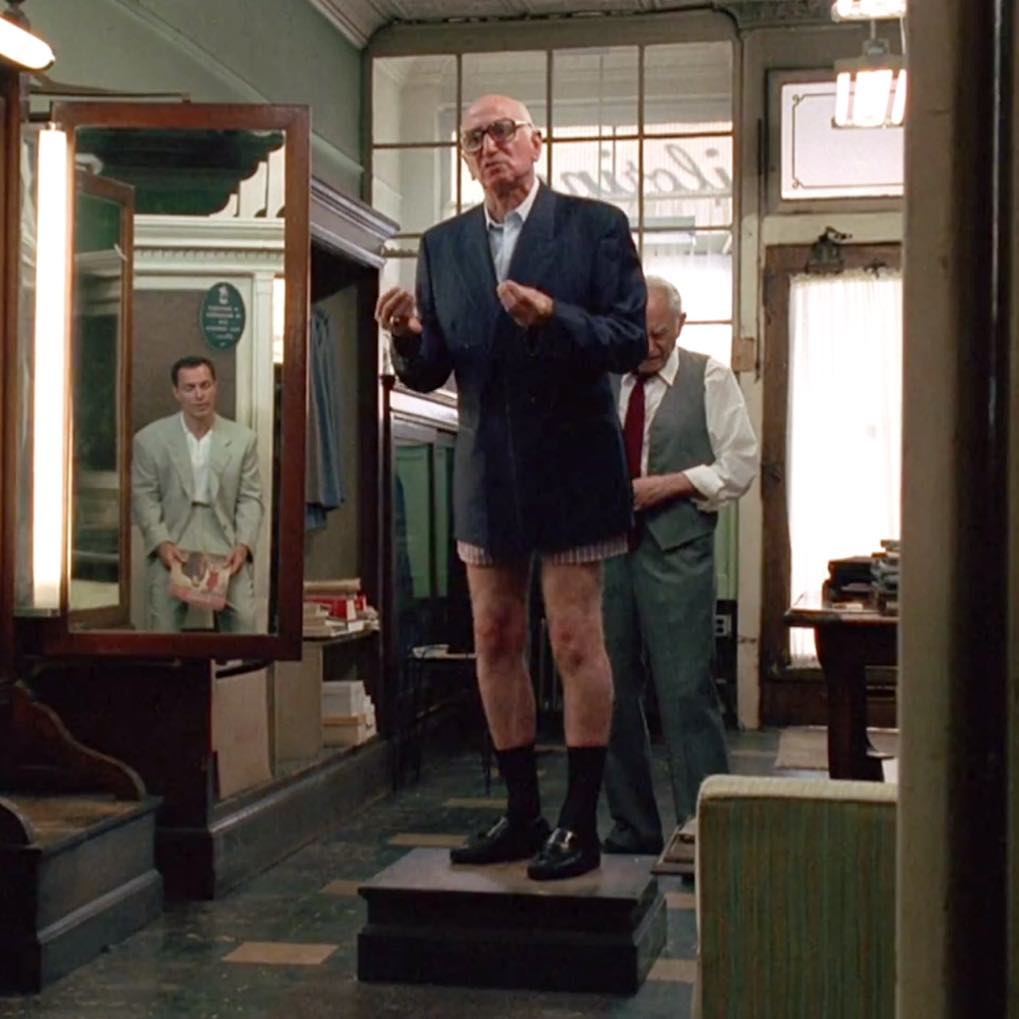
• • •
Missing some Tweet in this thread? You can try to
force a refresh












